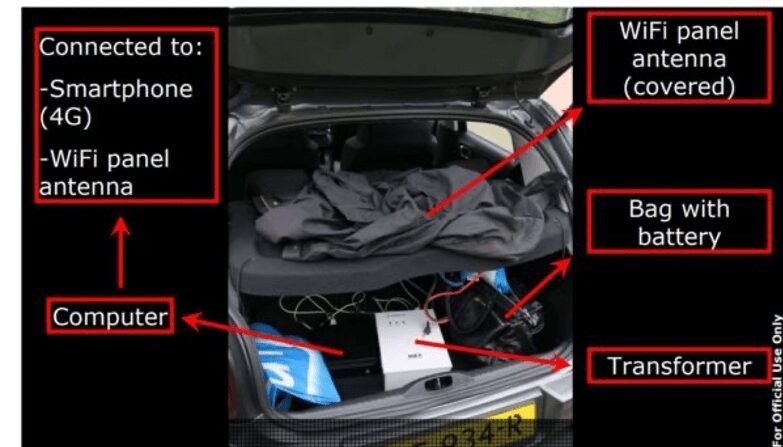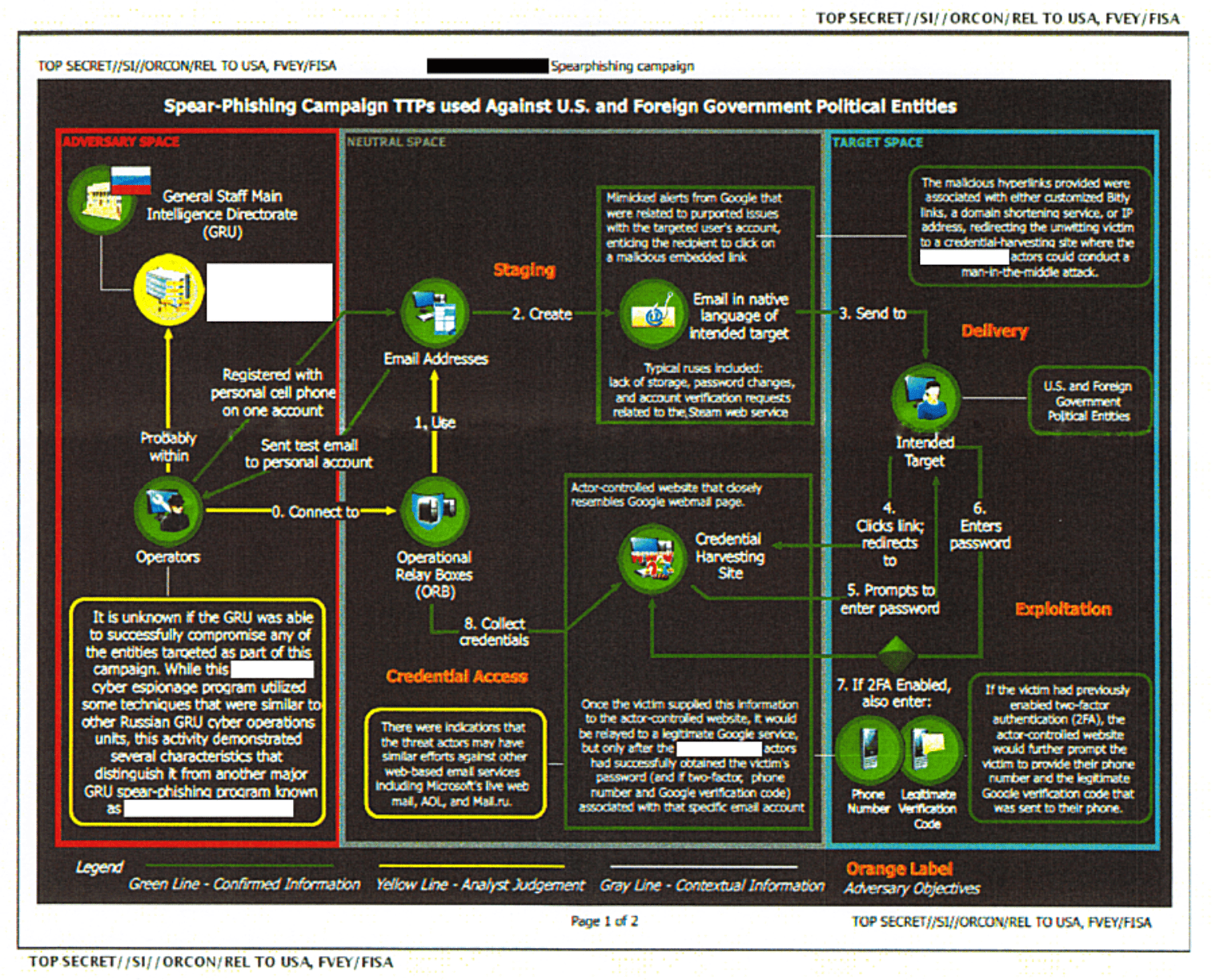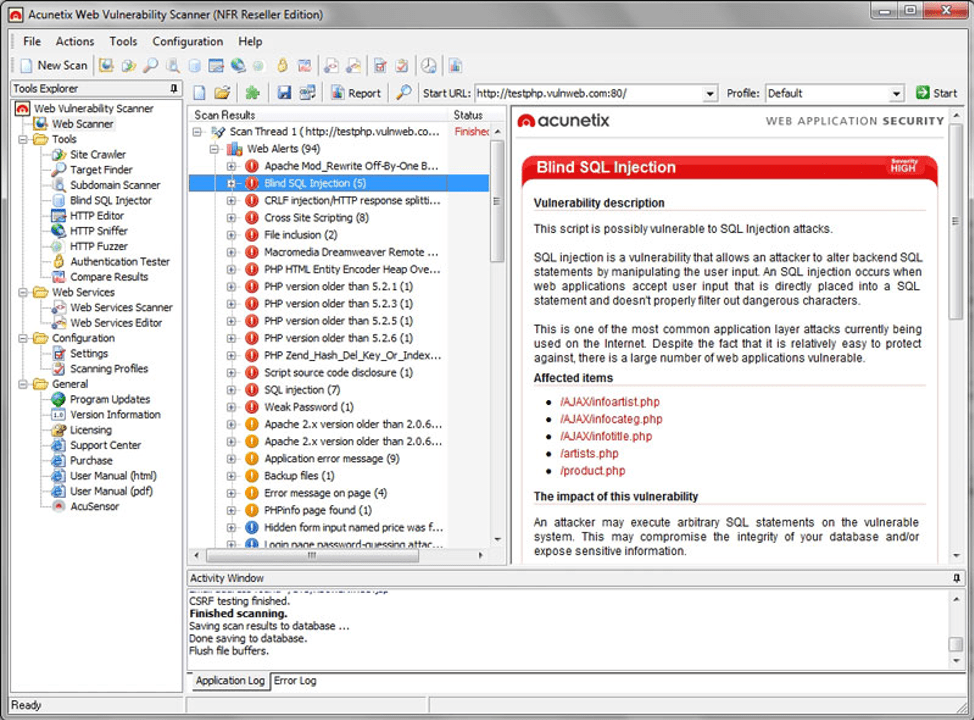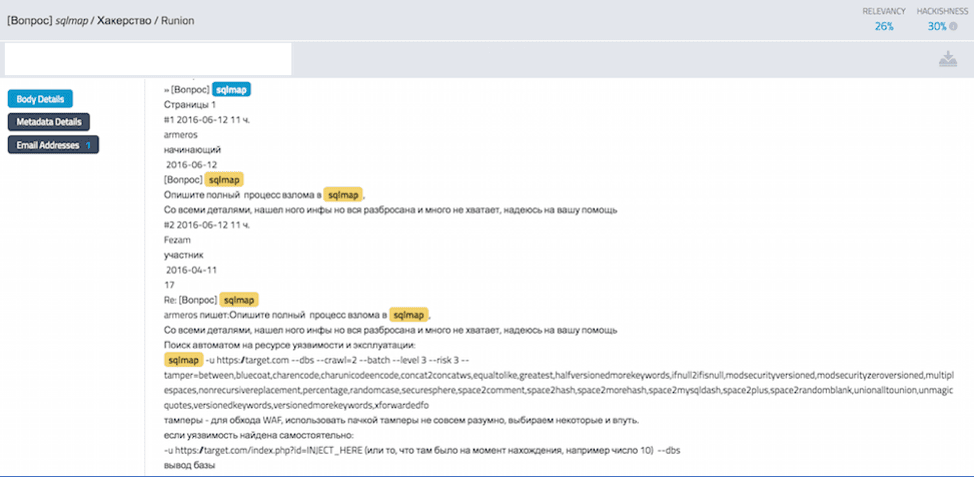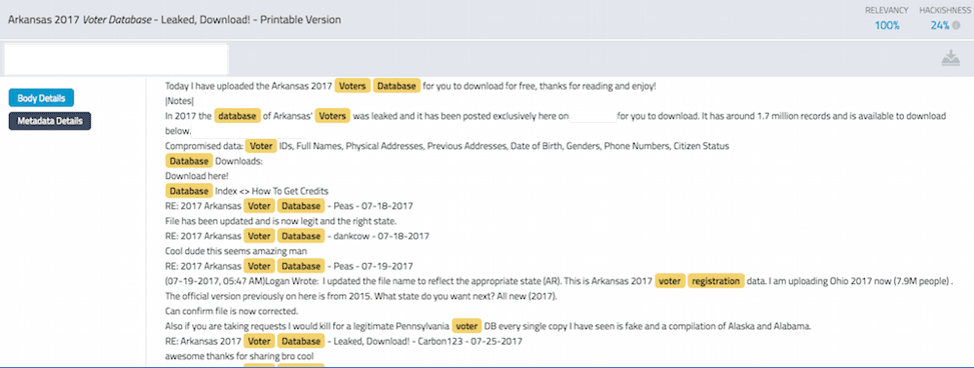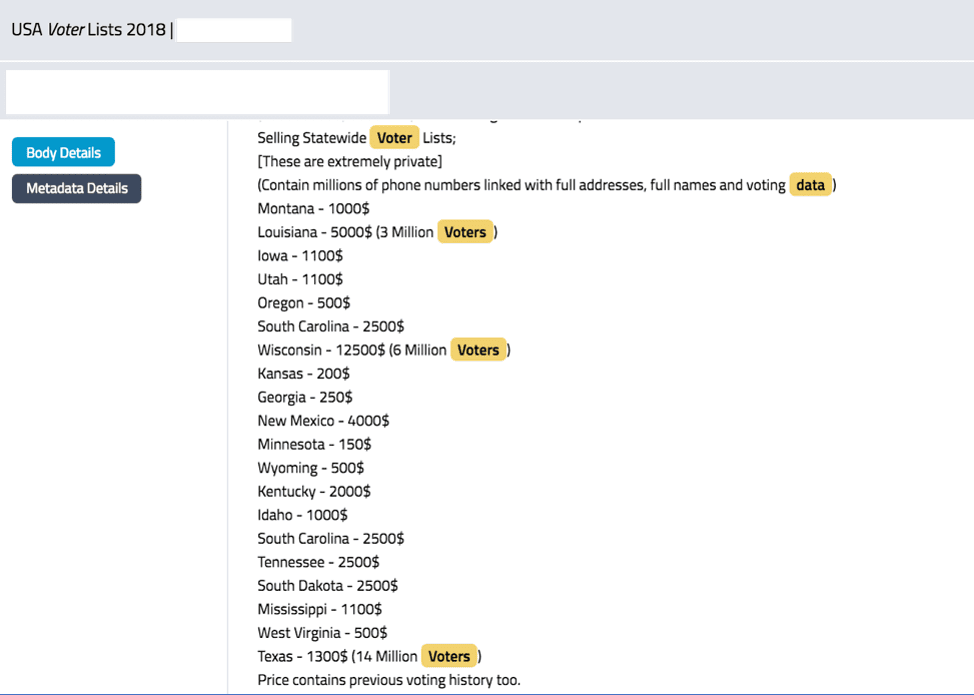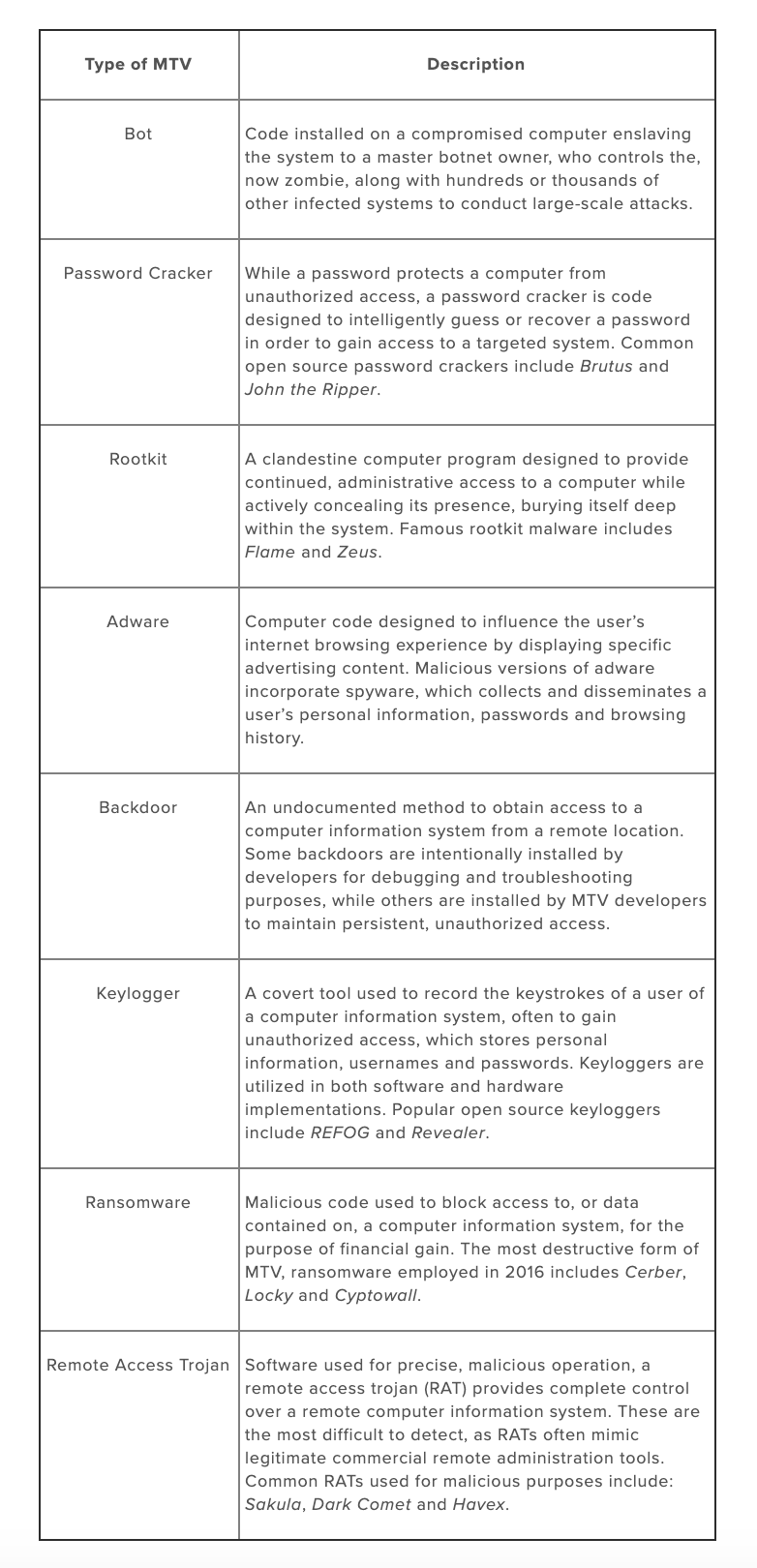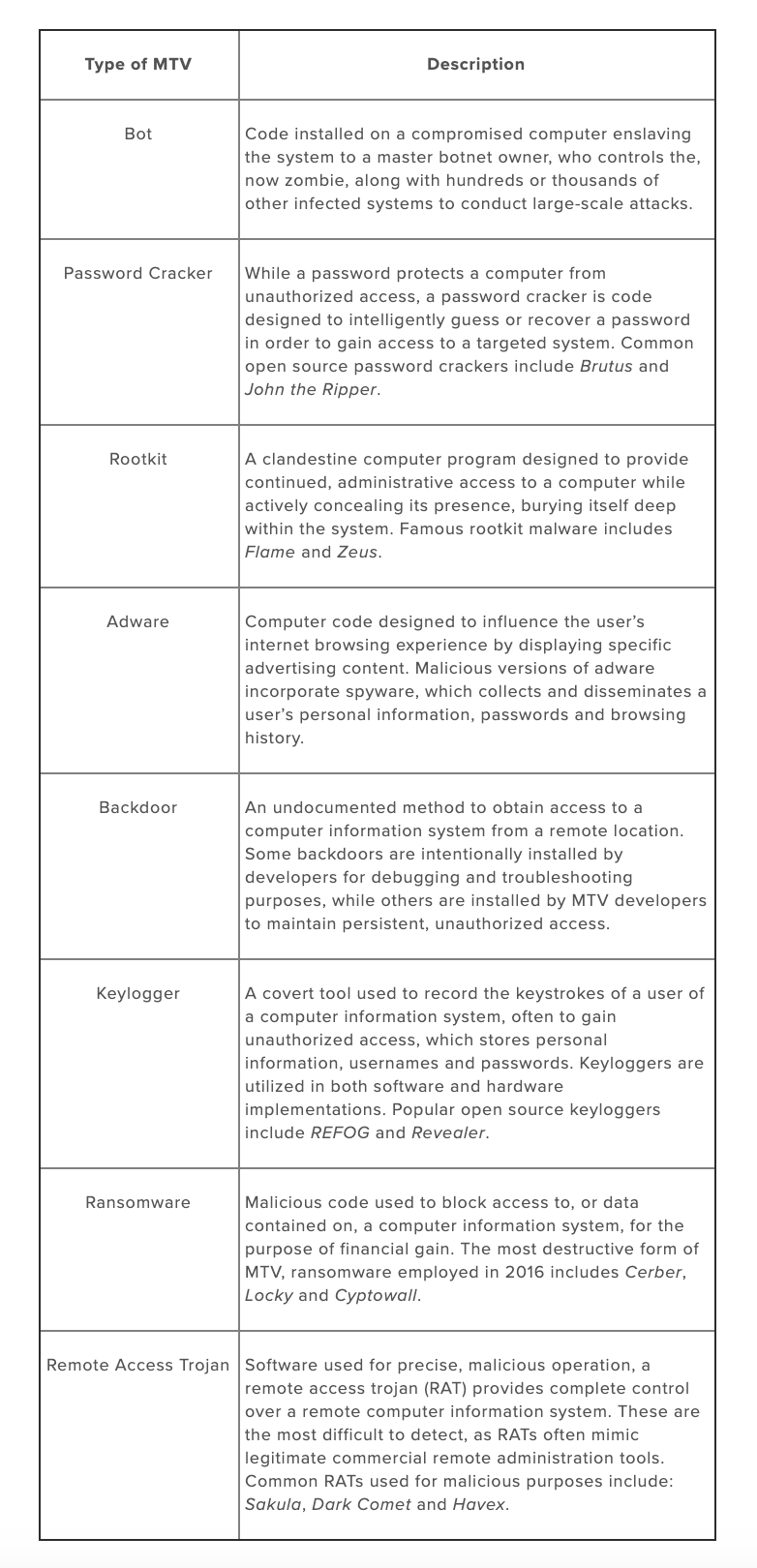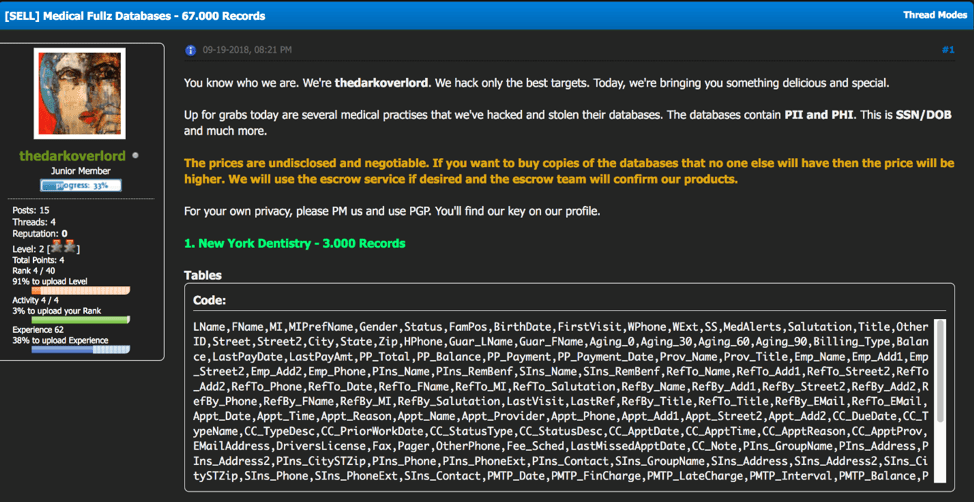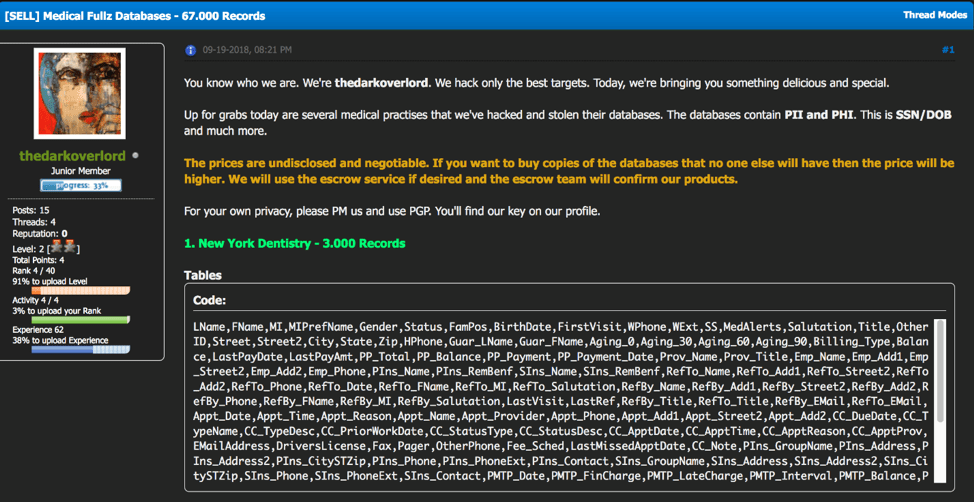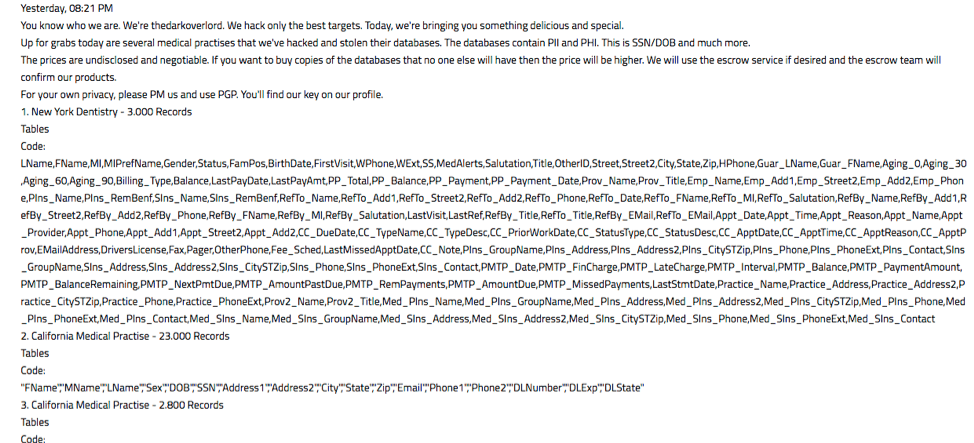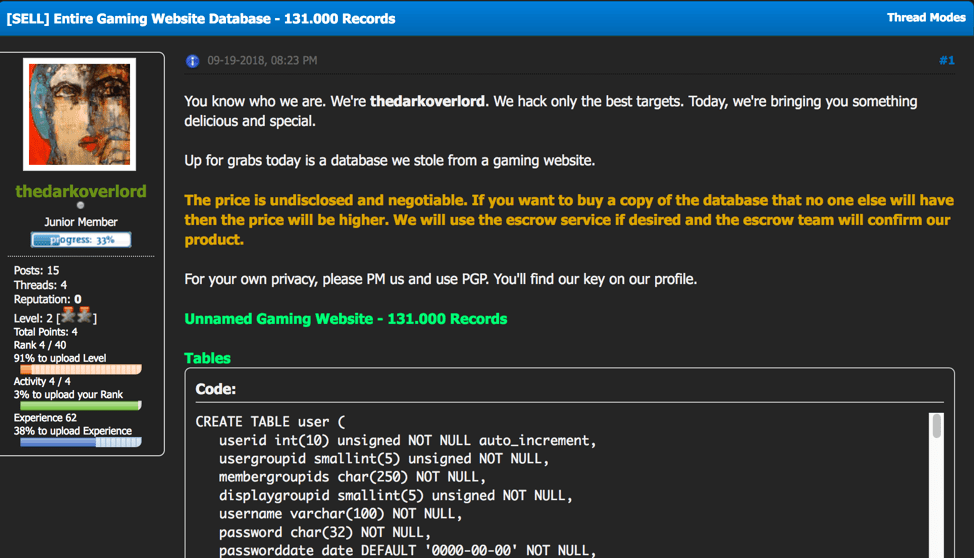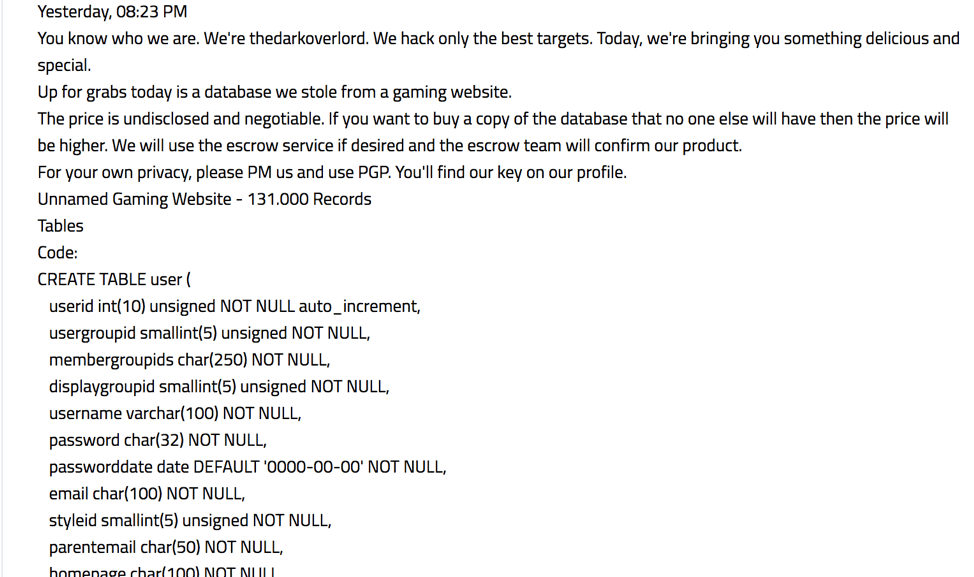How the release of these tools are leveling and redefining the Nation State Actor playing field
The leaked source code for these NSA and CIA cyber tools are readily available and discussed in dark web communities. Dark Web enthusiasts on YouTube have posted downloadable videos walking their viewers through the specifics of these advanced exploits. While the US, China, and Russia continue to develop new even more sophisticated cyber weapons, other Nation-States with an emerging cyber capability can now – as a result of these leaks – have the resources and the knowledge to attack other nation’s network infrastructure and conceal the origin of the attack, further complicating the global nation station cyber environment.
The availability of such tools brings into question much of the cybersecurity’s reporting around Nation-State attack attribution. For example, in early October of this year, Microsoft reported that they had witnessed ‘significant’ activity throughout the summer against current and former US government officials, journalists covering global politics and prominent Iranians living outside of Iran. The group Microsoft is calling “Phosophorous” made more than 2700 attempts to identify consumer accounts that could prove potential entry attack vectors. The group, believed to be from Iran, indiscriminately attacked both personal and work email addresses and attacks also included attempts at infiltrating President Trump’s reelection campaign.
Recently, NSA revealed that Russian hackers from the infamous “Turla group” co-opted Iranian tools and conducted numerous attacks across industries in dozens of countries in recent months. Leveraging Iranian developed malware, Nautilus and Neuron, in combination with one of its own toolkits, called Snake, Turla obtained access to targets by scouring their networks for backdoors that had been inserted by Iranian hackers. Again, further confusion to attack attribution.
Detection of Nation-State Actors on the Dark Web
As one would suspect, Nation-State Actors are not immediately apparent on the dark web. When a Nation-State launches an operational attack on an entity, or steals critical information, it has little need or desire to put that data up for sale or otherwise dump it across anonymous networks. Likewise, governments will not announce intelligence collection or law enforcement gathering activities unless for the sole purpose of psychological diversion.
After spending the last five years archiving dark web anonymous services and interacting with the dark web community, DarkOwl analysts have identified a number of Nation-State Actors “fingerprints.” We see dark web these fingerprints as both indications and motivators associated with nation state actors use of anonymous networks.
Dark web Nation-State Actors have some key fingerprints that correlate to their motivating uses for the dark web.
a) Nation-State Actors use the dark web to purchase and steal cyber exploits
Nation-State Actors obtain open source cyber exploits from underground markets in order to perform reverse engineering – often to successfully construct software to counter any attack where such exploit is used against a government or critical network. A key identifier of a Nation-State Actor posing as an exploit buyer is the availability of a significant budget and financial resources to acquire the goods on offer. Regular dark web users regularly discuss ‘tells’ for detecting law enforcement and/or intelligence agents on the network.
b) Nation-State Actors obtain credentials on hostile governments and other entities of geo-political or military interest.
For example, the dark web is replete with US *.gov email addresses that could be exploited for brute force network intrusion or targeted phishing campaigns. As of the time of this publication, DarkOwl Vision detected over 550,000 dark web pages with credentials including a .gov email address.
Iran also has a significant government footprint of leaked credentials and network information, but it cannot be readily discerned whether this information was leaked by another Nation-State Actor or a team of vigilante hackers. For example, the hacker IranDokht is likely affiliated with a recent deep web paste by user slntar that included several dozen Government of Iran website admin panels for malicious targeting.
c) Elaborate spear-phishing campaigns are not only utilized by criminals targeting corporate networks, but Nation-State Actors employ these as well for their political and militaristic agendas.
Recent reporting suggests that North Korea has successfully used phishing for obtaining access to numerous academic research organizations and critical US think tanks, using China’s model for technological advancement via digital espionage. During Operation STOLEN PENCIL, North Korea targeted Stanford University’s nuclear programs, proliferation, and polices group. Operation infrastructure overlapped with other campaigns conducted by North Korea. One of the IP addresses used in this campaign, (157.7.184.15) also hosted the domain bigwnet[.]com, which was used as the command-and-control infrastructure for the malware “BabyShark”.
Earlier this year, DarkOwl detected an Iran-based IP address (5.160.246.99) was associated with a list of UK-government domains, specifically Her Majesty’s Revenue & Customs (HMRC) in a targeted phishing campaign.
d) Nation-State Actors have used the dark web to conduct kinetic attacks against opponent’s Infrastructure.
In 2017, Iran conducted cyber attacks against safety systems at Saudi Arabia’s Aramco, one of the largest oil producer in the world. Hackers used the Triton malware to alter one of these facility’s safety controllers, which resulted in the controller shutting down an unspecified industrial process. In 2015, Russia successfully demonstrated shutting down Ukrainian power grids during political protests. Russia is also believed to be behind a number of attacks against Irish energy networks, possibly a testing ground for exploit development planned to use against more formidable opponents.
A recent release from the US CYBERCOM suggested that the US had successfully planted covert malware in Russia’s electrical power grid to kinetically interrupt Russia’s infrastructure in the event of a future attack, e.g. 2020 Presidential election in response to Russia accessing key nuclear safety systems in 2018.
In the summer of 2019, shortly before Black Hat 2019, Microsoft has reported in April that its Threat Intelligence Center discovered a targeted attack against IoT devices including: a voice-over-IP (VOIP) phone, a printer and a video decoder. The attack hit multiple locations, using the devices as soft access points into wider corporate networks. Two of the three devices still carried factory security settings, the software on the third hadn’t been updated. Microsoft attributed the attack to a Russian group it calls Strontium, an alternate name for the group, Fancy Bear. Cyber security researchers have identified this group as APT28. A week ago, the same state-sponsored hacking group was linked to the hacking of the secure email accounts of researchers investigating crimes alleged to have been committed by the Russian state. Fancy Bear / APT28, Fancy Bear also key to ioT hacking (according to Microsoft).
e) Nation-States use the dark web to gain political influence by doxing political opponents.
According to the Mueller report, Guccifer 2.0’s successfully breached the DNC during the 2016 campaign and the information gained was carefully released to influence the US election. Numerous doxes of various key international figures on Tor’s DoxBin. doxbwurbe475dm5i[.]onion. Also, President Trump has been extensively doxed with numerous examples from dark web services Cebolla and DoxBin.
f) Dark Web Propaganda.
The effective use of propaganda is a key feature of a successful information operations effort. Malicious information about a political or military opponent can be leaked at critical times to influence the outcome and public opinion. The dark web contains numerous examples where government data from nations has been leaked to hidden forums and paste sites for political gain and international influence.
Similarly, the Guardian reported that it was a Saudi-cybersecurity unit that had been ordered to ‘hack’ its computer networks due the Guardian’s critical reporting of the KSA’s overt murder of Washington Post journalist, Jamal Khashoggi.
g) One of the most basic fingerprints of the Nation-State actors on the dark web is intelligence collection.
It a widely known “secret” that key HUMINT (human intelligence) collection is conducted by Israel’s Mossad and the US CIA in dark web forums, chatrooms and internet relay chats. Agents are regularly called out and teased for their overt presence in some popular dark web rooms.
Critical US defense technology has been released on the dark web and available for intelligence collection and reverse engineering by foreign adversaries. For example, last year, US military specifications for the MQ-9 Reaper Drone appeared on the dark web for sale and was widely proliferated. Sensitive information involving the MQ-9 Reaper drone and other military documents were stolen from a US Air Force captain’s computer.
Open source reporting reveled that Israel’s Whatsapp intelligence collection tool, Peagsus, had been deployed in 45 different countries for mobile phone collection and even sold to Saudi Arabia for monitoring potential dissidents in the country in a more covert means of intelligence collection. A recent hack of Russia’s contractor, SyTech discussed an effort to de-anonymize Tor, potentially revealing the true identifies of visitors to and hosts of hidden services on the dark network.
Editor’s note: We’d like to be clear that policing and legitimate law enforcement activity in the dark web has been intentionally compartmentalized from Nation-State Actors on the dark web in this report. We have not assumed they work independently of each other; law enforcement is a critical branch of government infrastructures and more integrally involved with smaller countries with limited resources. We have however specifically chosen not to discuss ‘fingerprints’ left by law enforcement on the dark web. Law enforcement have a well-known presence on the dark web hosting honey pot hidden services such as fake markets and forums, as well as posing as dark web drug vendors on popular crypto-markets to catch criminals purchasing illegal lethal drugs such as fentanyl. There are numerous open source examples where concerted international law enforcement efforts have been conducted to take down markets and pedophilia communities.
Nation-State Proxies and Cyber Terrorism
With this ever-changing threat landscape on the dark web Nation-States are turning to proxies and levering the terrorist segment of the dark web for launching attacks and avoiding attribution. Instead of utilizing a room full of cyber-soldiers in China targeting a room full of hackers at Fort Meade (NSA) on the dark web, some Nation-States choose to leverage private “contractors” to conduct information operations on their behalf.
Russia has the most extensive collection of cyber mercenaries and private contractors for their Nation-State agenda. In late October, open-source reports from the UK suggested the National Cyber Security Centre uncovered that the Turla Group, a cyber criminal group protected by the Russia government, had hijacked an alleged state-backed Iranian hacking group, known as OilRig or APT34, and subsequently carried out attacks on 35 countries. In July, the hacking team was actively targeting US political groups, using the code string ‘TrumpTower’ which coupled with the intelligence above could infer they could be linked to the alleged Iranian Phosophorous group.
Russia’s contractors are also active inside Tor as well. Earlier this year, hackers, hiding under the name ov1Ru$ breached a Russian intelligence contractor, SyTech revealing a number of secretive programs targeting Tor anonymity programs. Posing as a malicious exit node in the Tor anonymous network, the contractor’s program called Nautilus-S was specifically setup to deanonymize Tor traffic. The contractor, working closely with the Russian Air Force service and the FSB 71330, also had a another program in 2010 called Nautilus that harvested social media data from users of Facebook, Twitter, LinkedIn and others.
Perhaps Russia is attempting to model its behavior after the United States National Security Agency’s relationship with its commercial contractors. For example, Booz Allen Hamiliton (BAH) has an integral alliance with the intelligence community with hundreds if not thousands of intelligence and cybersecurity specialists working alongside the NSA. Significant intelligence leaks from the NSA in recent history were facilitated by contractors such as Edward Snowden and Reality Winner, both had sensitive compartmented information access and active on behalf of the US government during their tenures with BAH. NSA and other critical intelligence community organizations will continue to solicit the support of contractors outside of the agency in order to fulfil their over national threat intelligence objectives.
Terrorists as quasi-Nation-State Actors, and the changing use of technology in the dark web
Global terrorism, often fueled financially and politically by certain Nation-States, have an everchanging and often reactive footprint on the dark web – reactive to the geopolitical events and policies, as well as changing technology. Many large scale extremist organizations such as ISIS, al-Qaeda, and Lebanese Hezbolla have declared themselves “Nation-States” in their own right, replete with military resources such as cyber armies and tactical hacking teams eager to fulfil their agendas. In the west, there is widely conflicting open source reporting as to the true activities of such quasi-Nation-States within the dark web.
A few years ago, ISIS was assessed to be extensively using anonymous networks to obscure the location and identities of its members and recruits. There were also a number of easily accessible hidden services advertising Daesh-affiliated content – ISIS’s Arabic language acronym – including recruitment and terrorist propaganda material. However, DarkOwl assesses with medium confidence that dark anonymous networks such as Tor will have limited future use in overt terrorist recruitment and propaganda dissemination, but instead terrorists are demonstrating a preference for encrypted mobile applications such as Whatsapp and Telegram for organizational coordination and communication.
Last year, the Wilson Center’s Professor Gabriel Weinmann published an extensive report, detailing the reasons why terrorists will continue using the dark web and associated encryption communication protocols and technology.

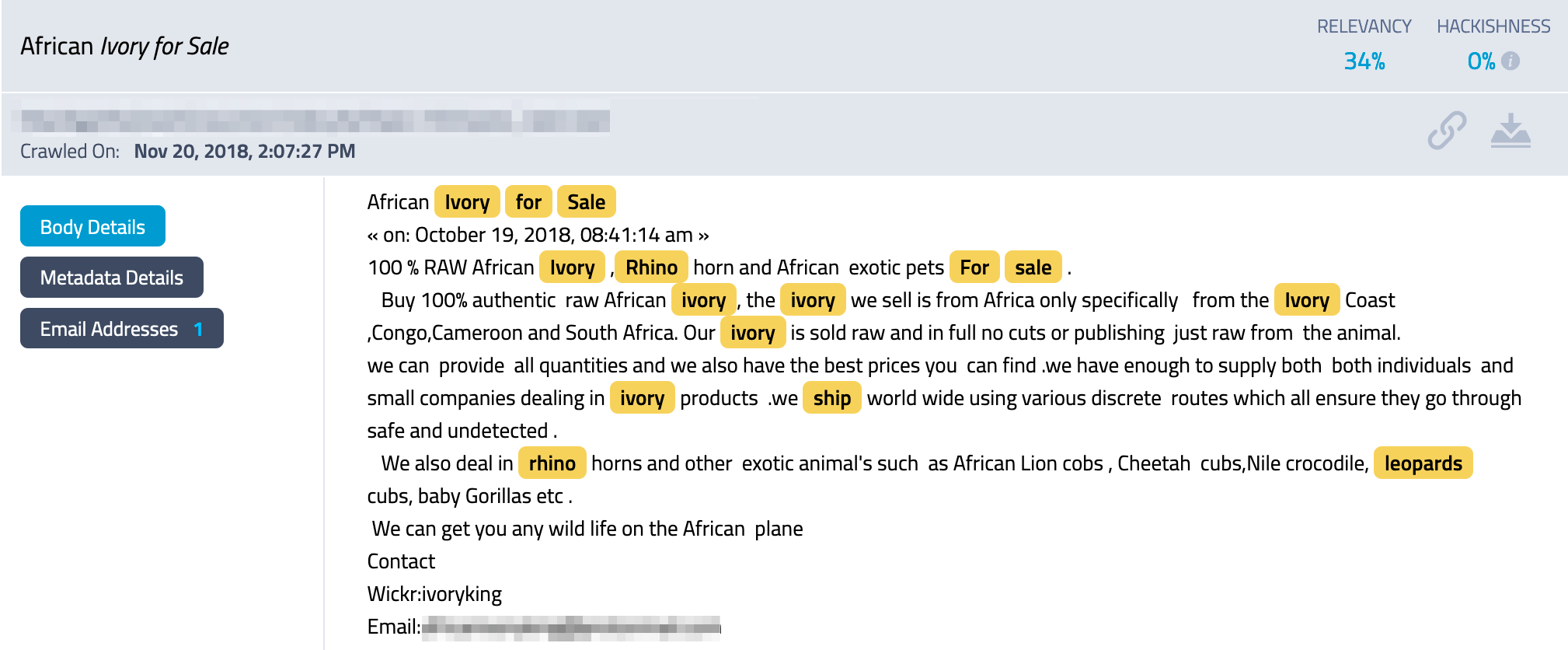
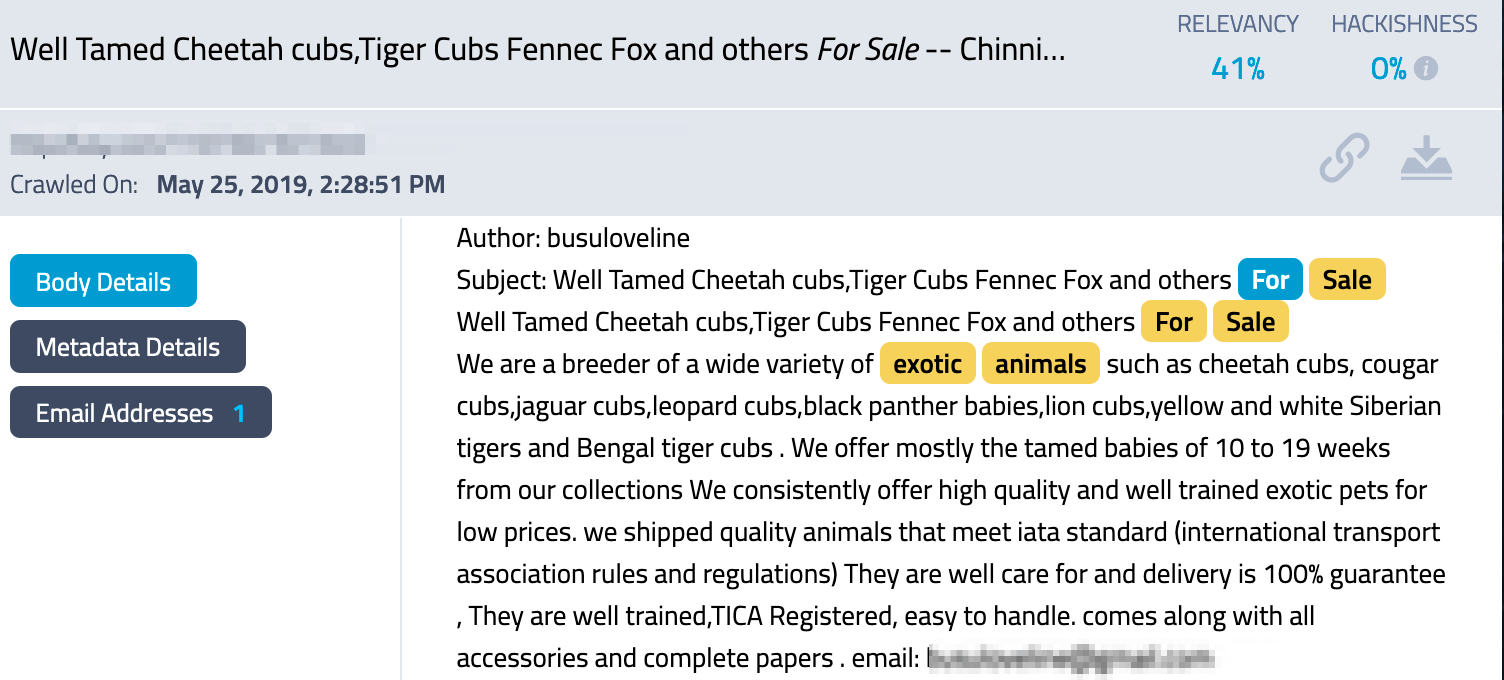
![Image Sourced Directly from Tor: http://ferkey4nox6vbqwr[.]onion/viewtopic.php?f=9&t=55789](https://www.darkowl.com/wp-content/uploads/2021/12/Piazza-ExoticPetsTor.png)
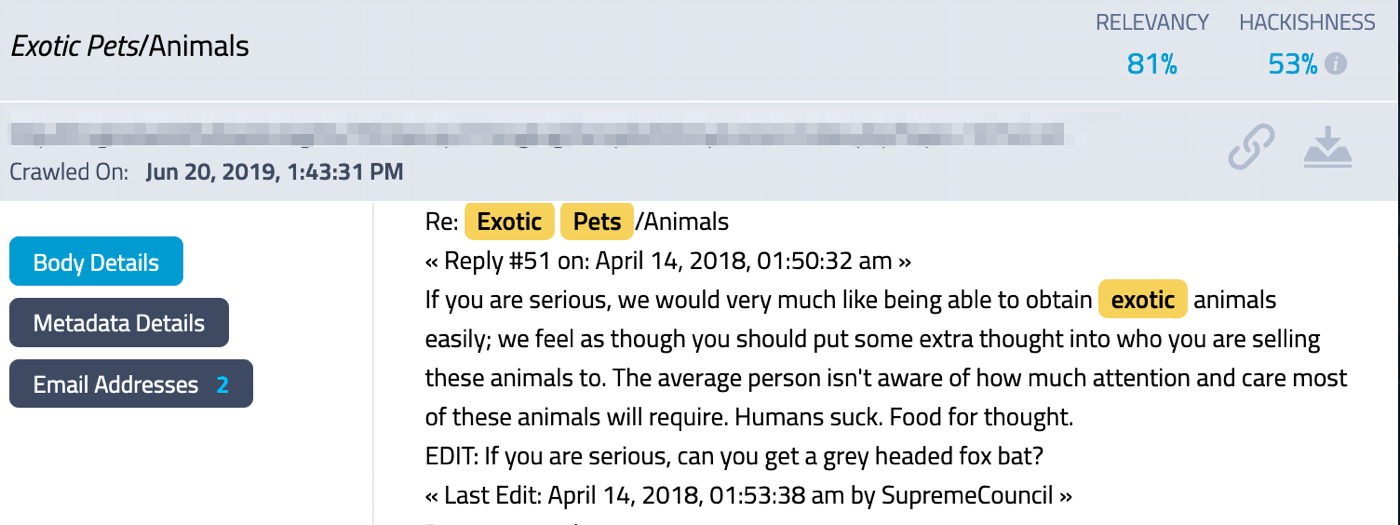
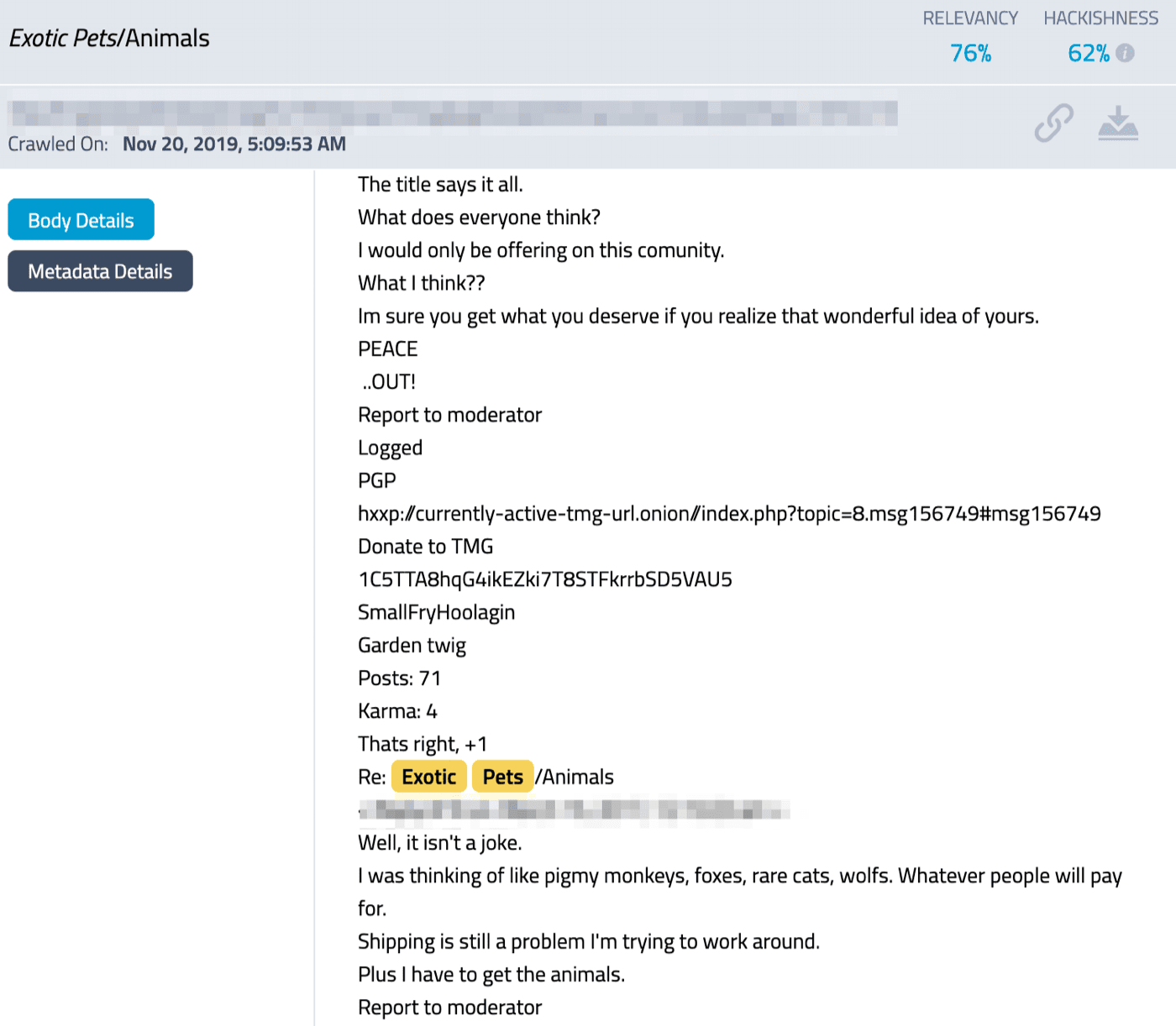
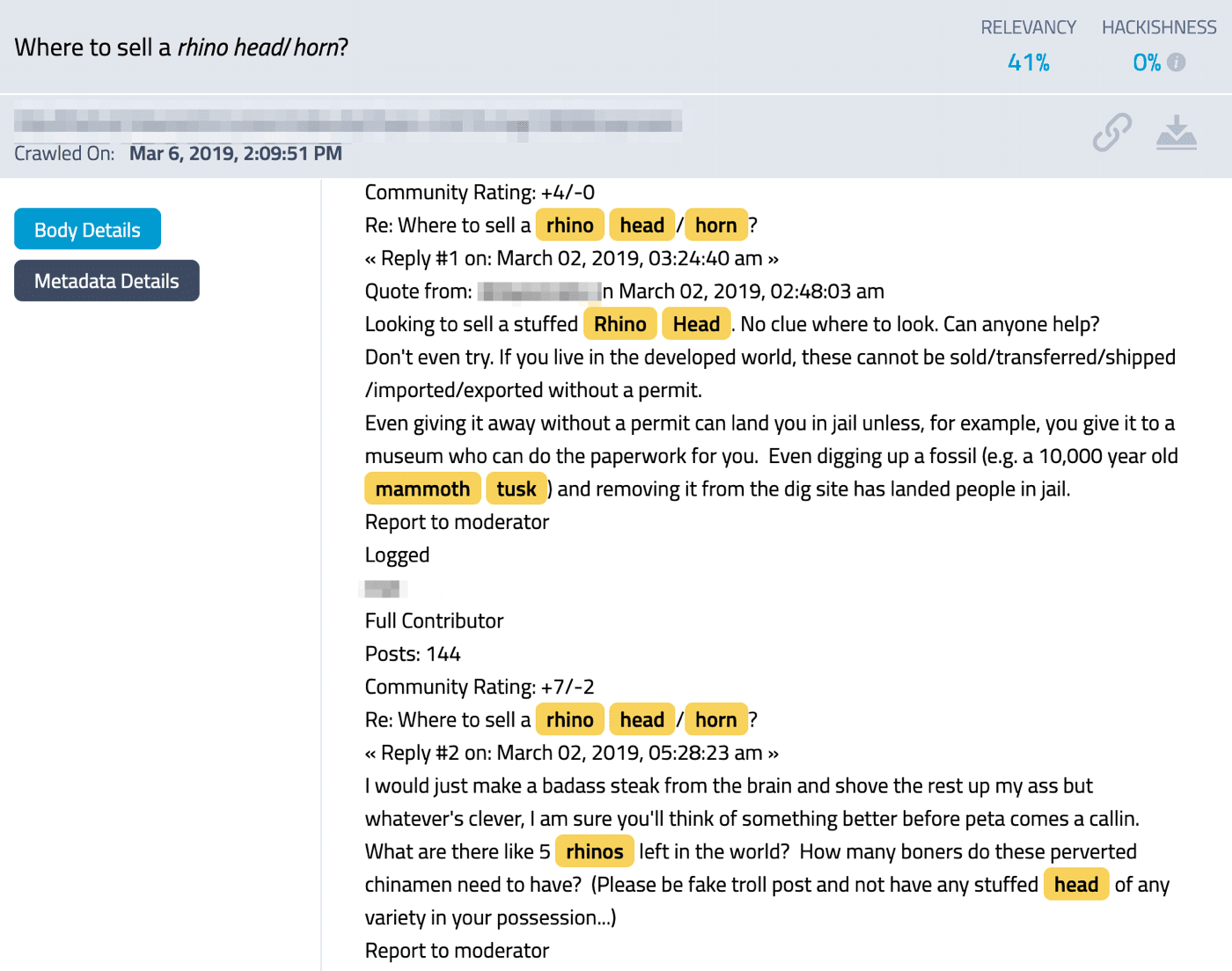

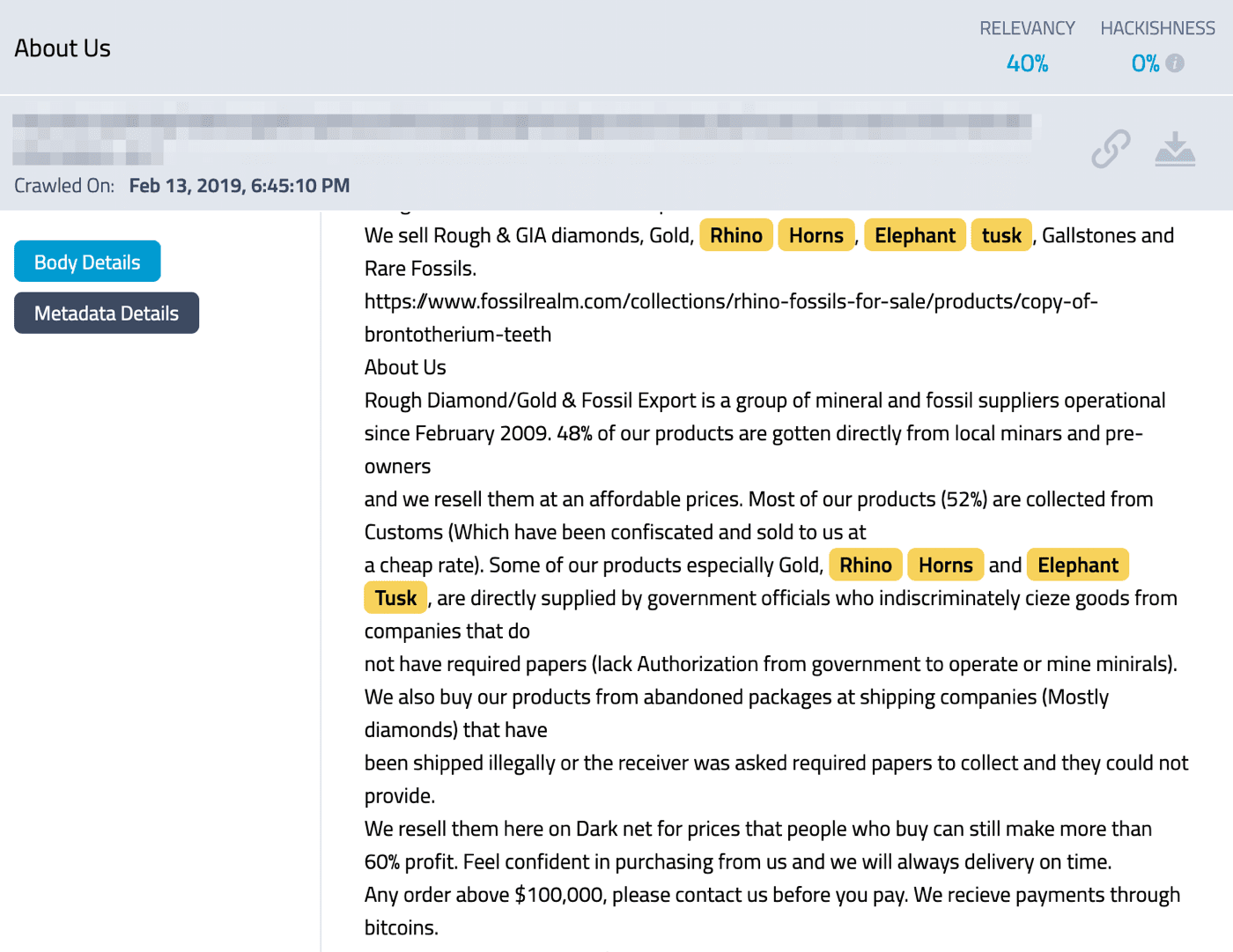
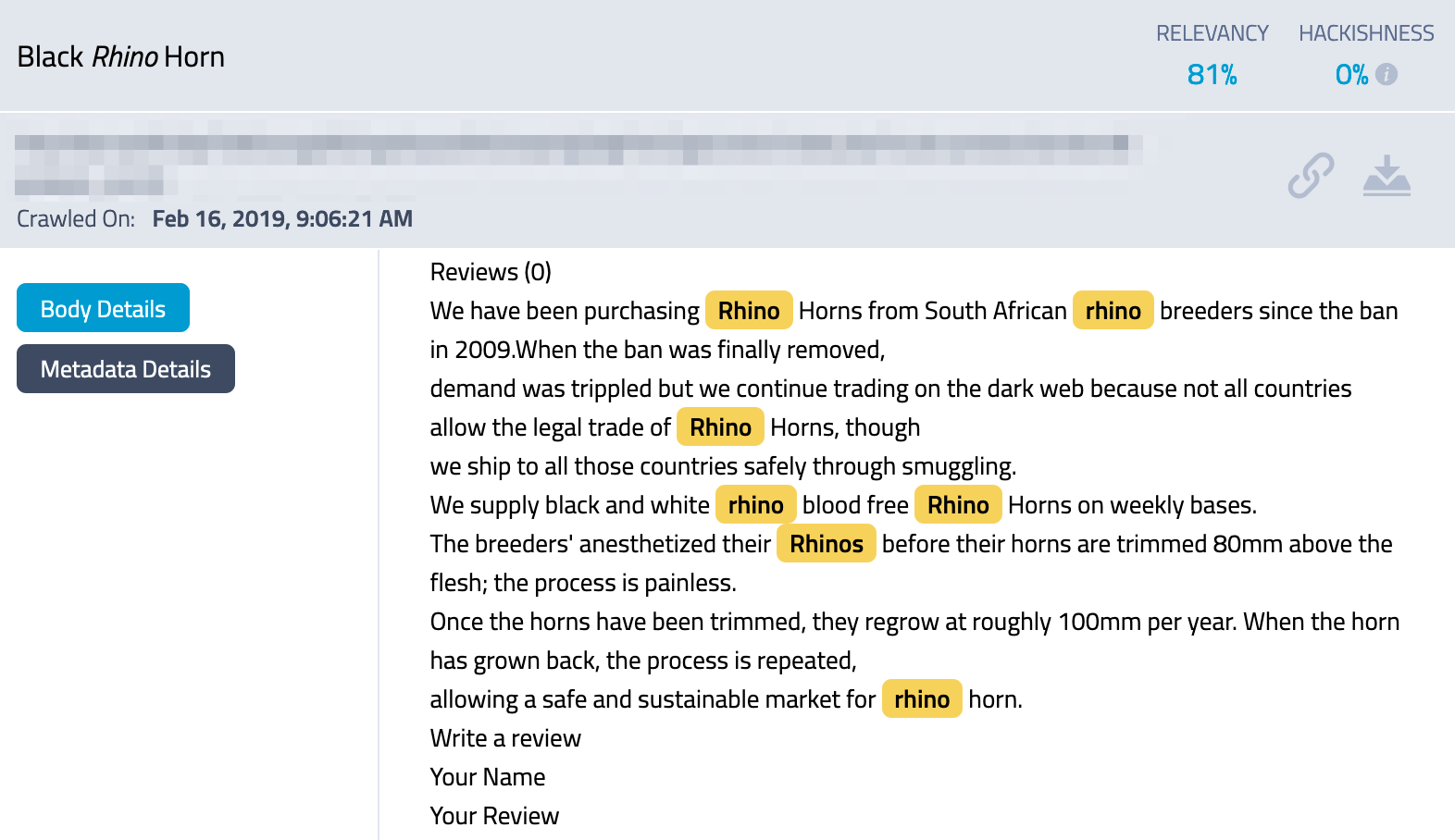

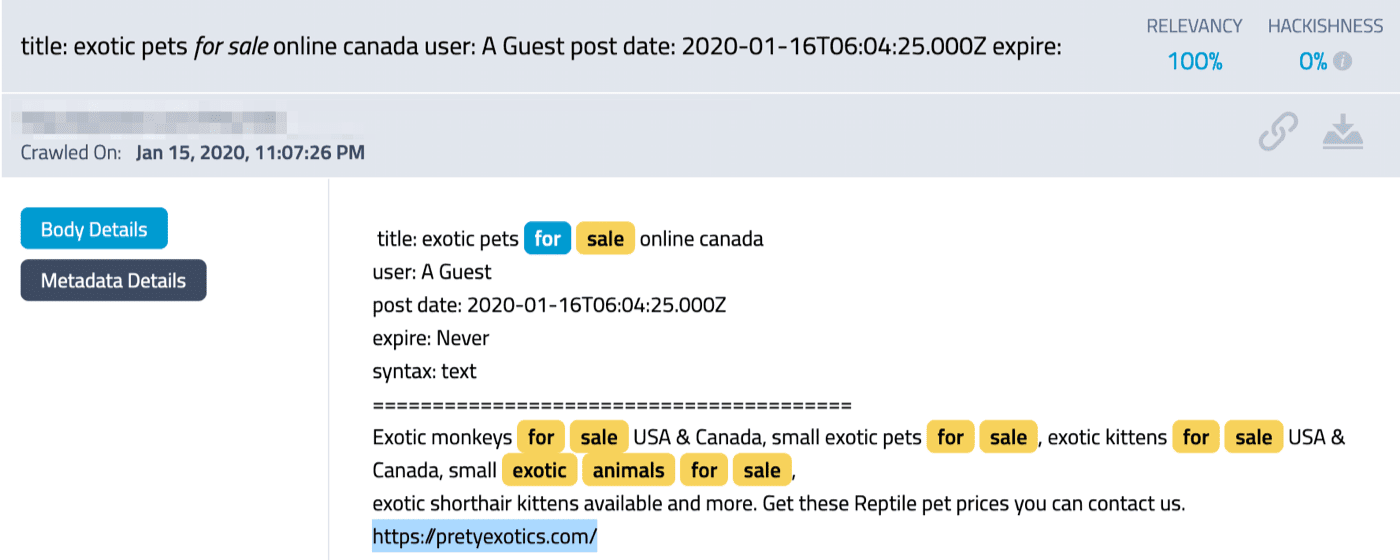
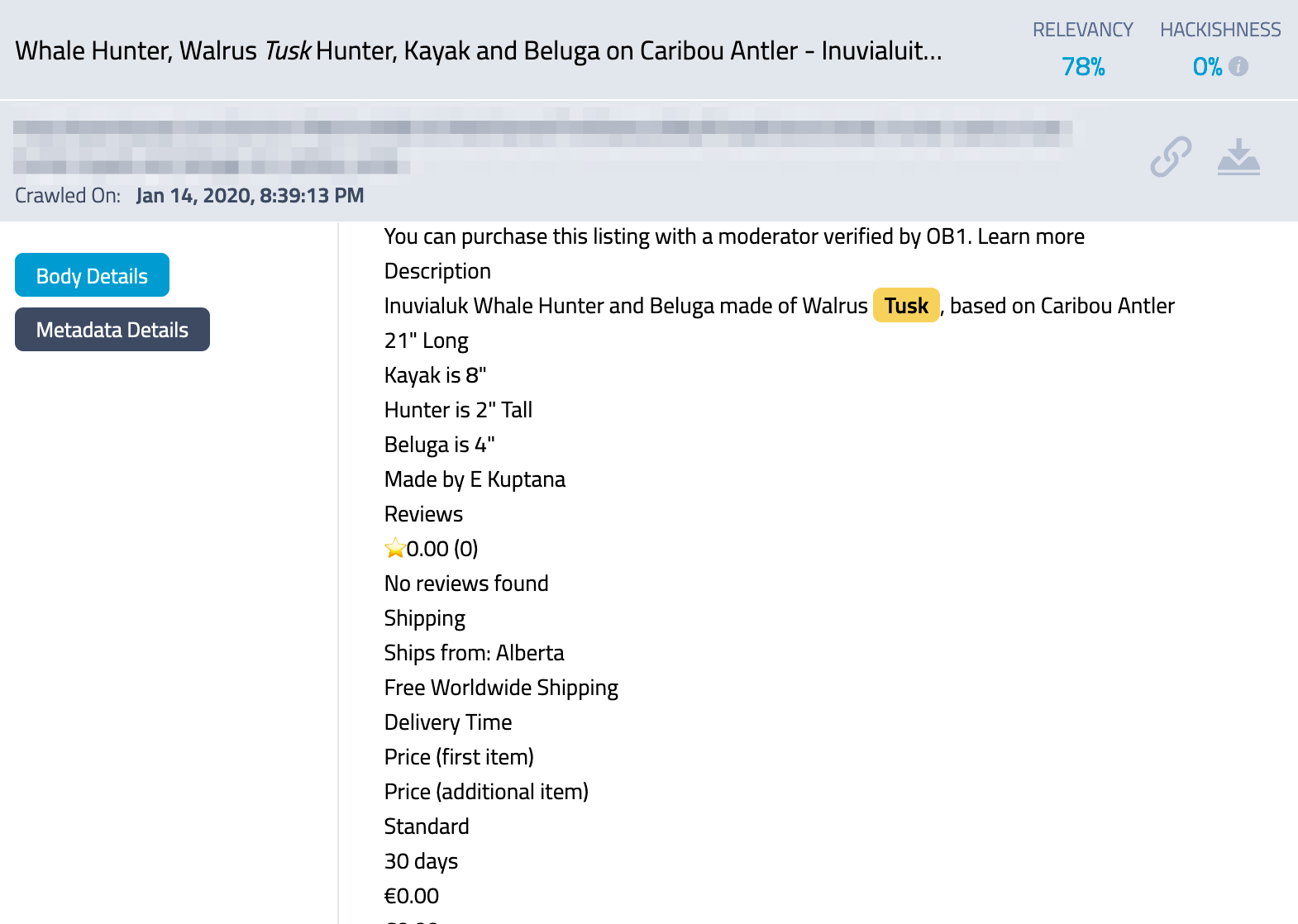

![Original Source: http://d5jzfmy5d3oqlia4pnfu37pztv2n3eknxdoi57ycwywb2klkt42b43ad[.]onion](https://www.darkowl.com/wp-content/uploads/2021/12/CV2-1.png)
![Original Source: http://d5jzfmy5d3oqlia4pnfu37pztv2n3eknxdoi57ycwywb2klkt42b43ad[.]onion](https://www.darkowl.com/wp-content/uploads/2021/12/CV2-2.png)
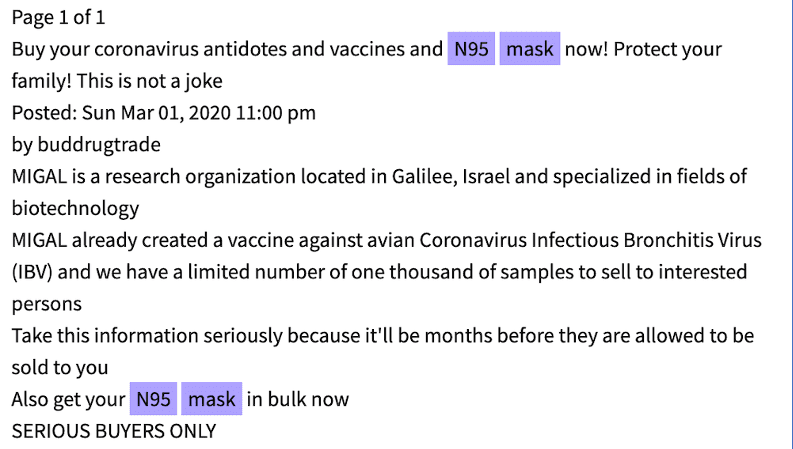
![Original Source: http://dccvdpx2tksoyue5p5cpzqwhwyv4njkfaa3p7km7eyh6kke2atwfoiqd[.]onion](https://www.darkowl.com/wp-content/uploads/2021/12/Screen-Shot-2020-04-08-at-10.45.26-PM.png)
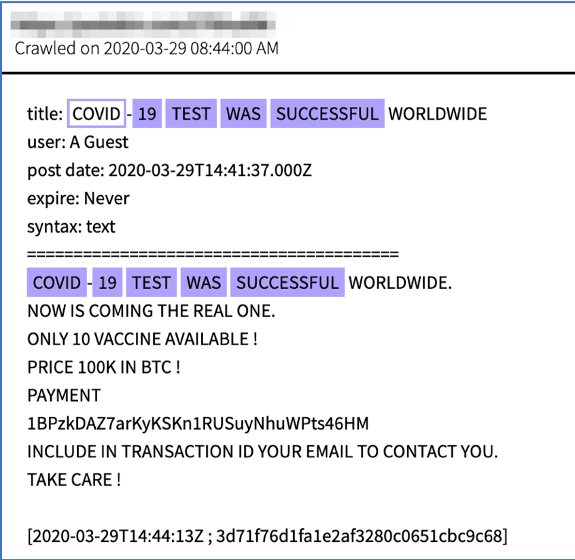

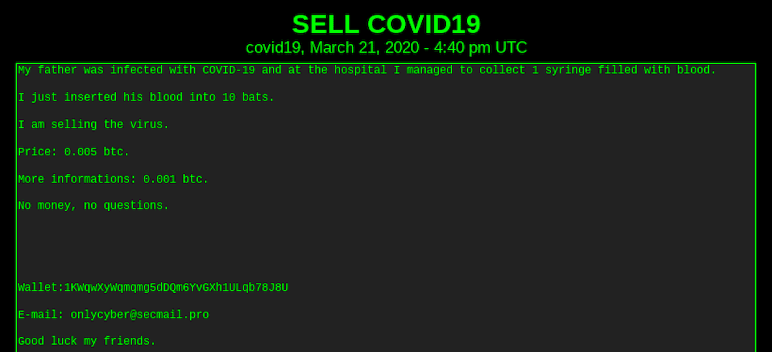
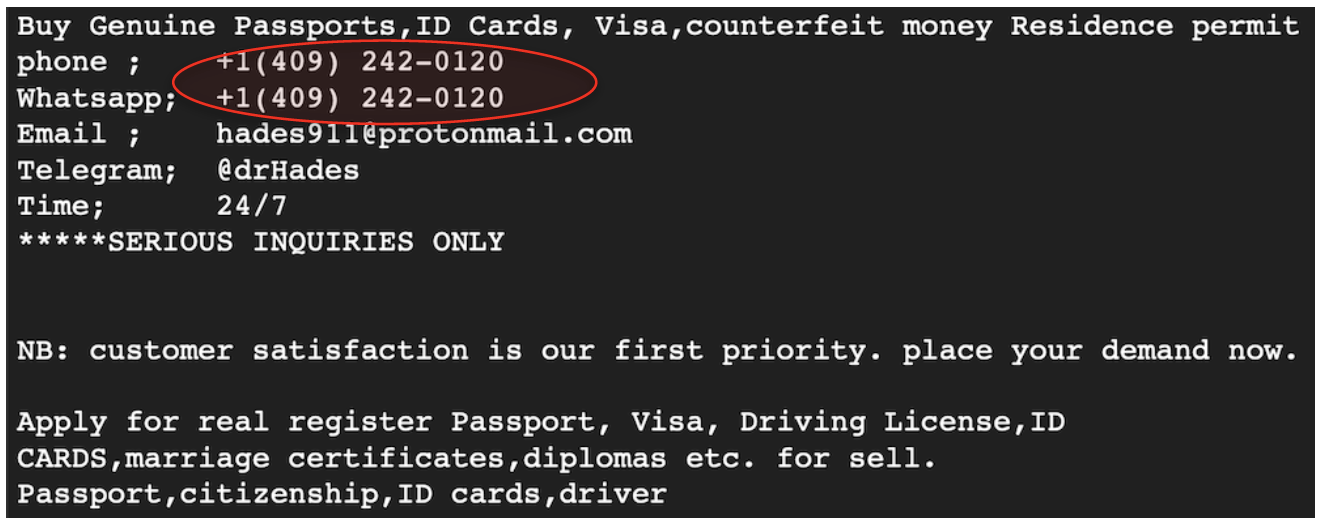
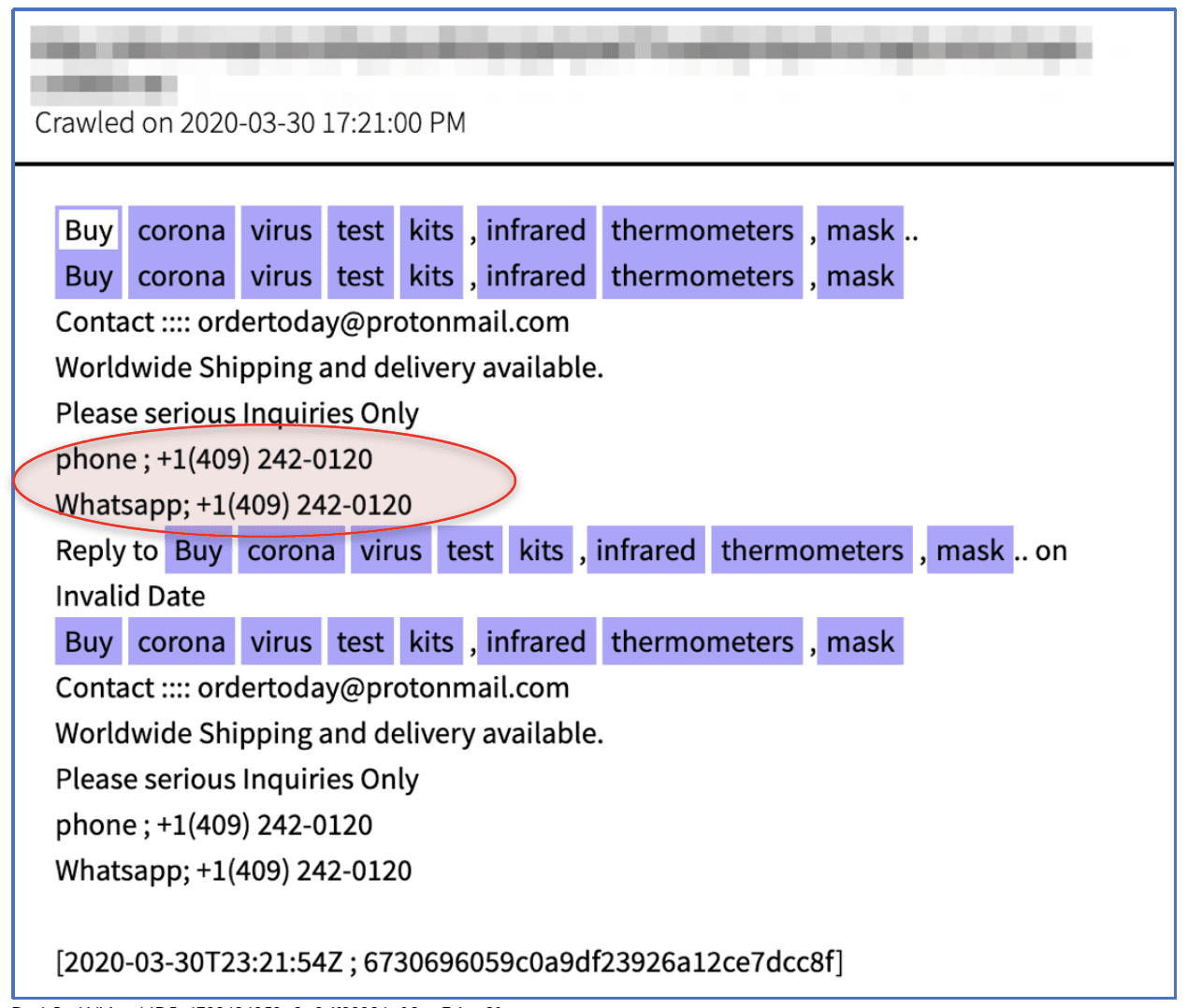
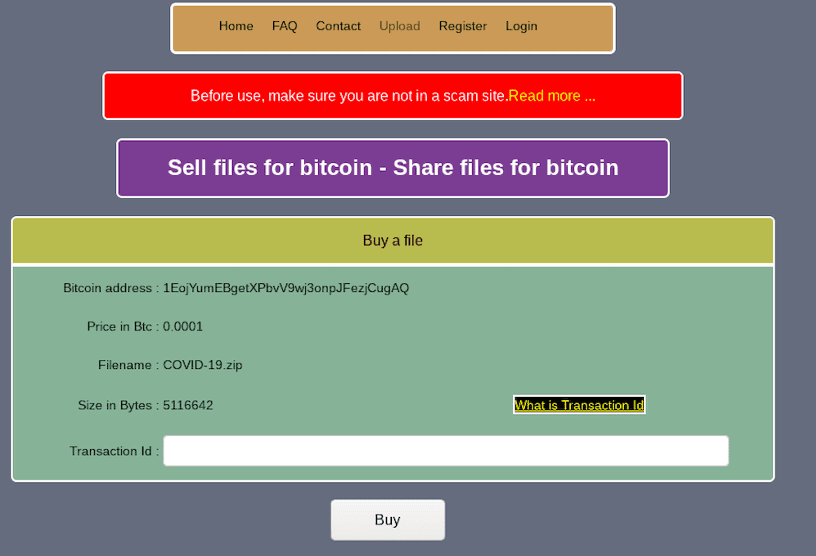
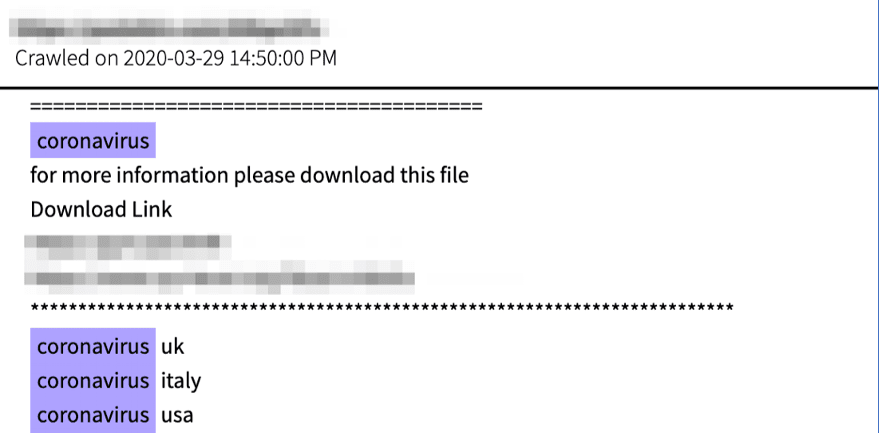
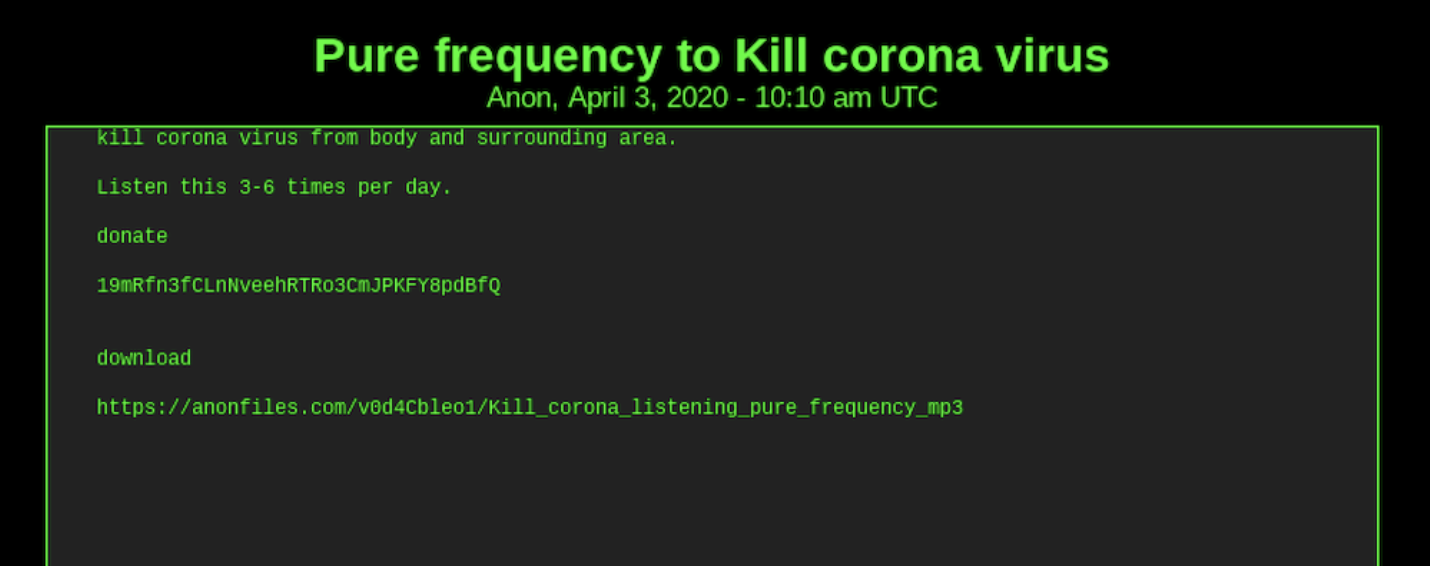
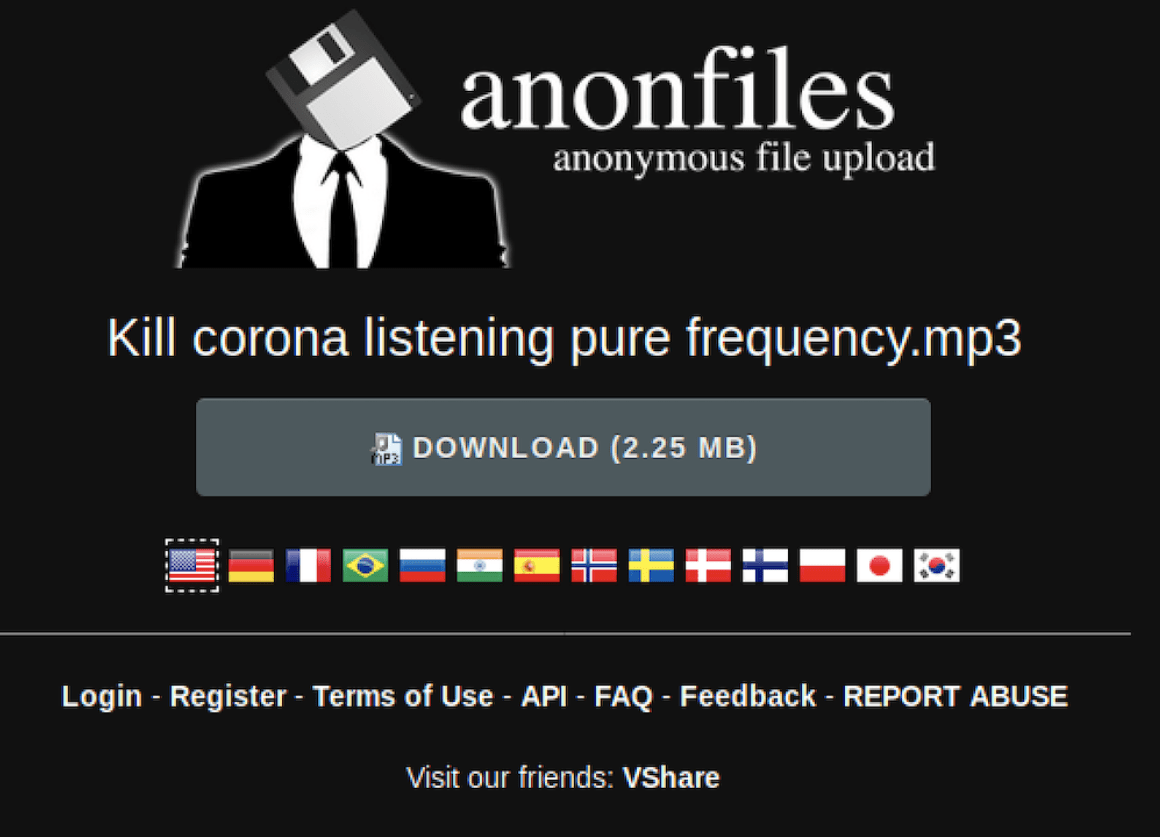
![Original Source: http://coronajkkhq6dygj[.]onion](https://www.darkowl.com/wp-content/uploads/2021/12/Screen-Shot-2020-04-08-at-10.55.04-PM.png)
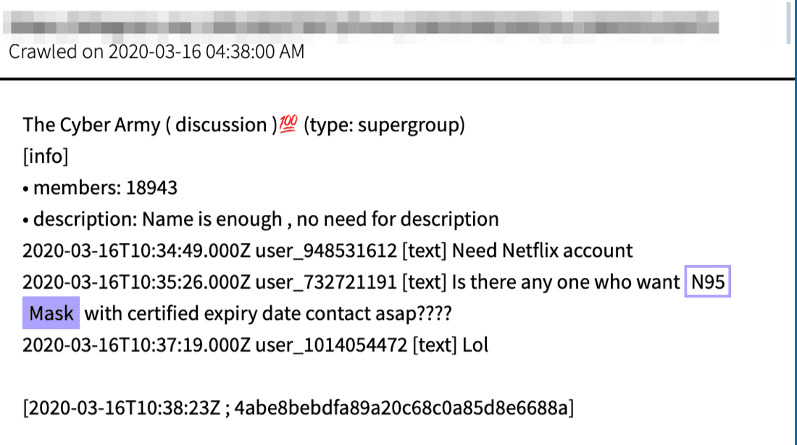

![Original Source: http://lfbg75wjgi4nzdio[.]onion/f/Illegalism/108236](https://www.darkowl.com/wp-content/uploads/2021/12/CV2-13.png)
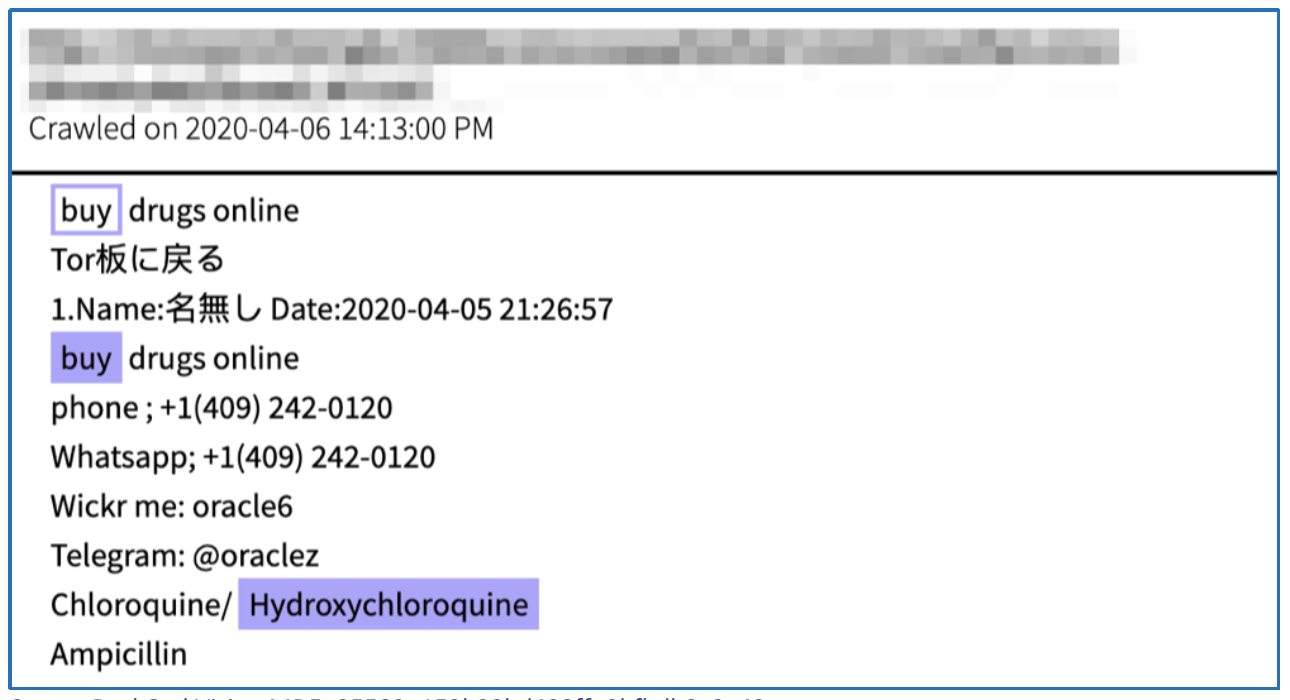
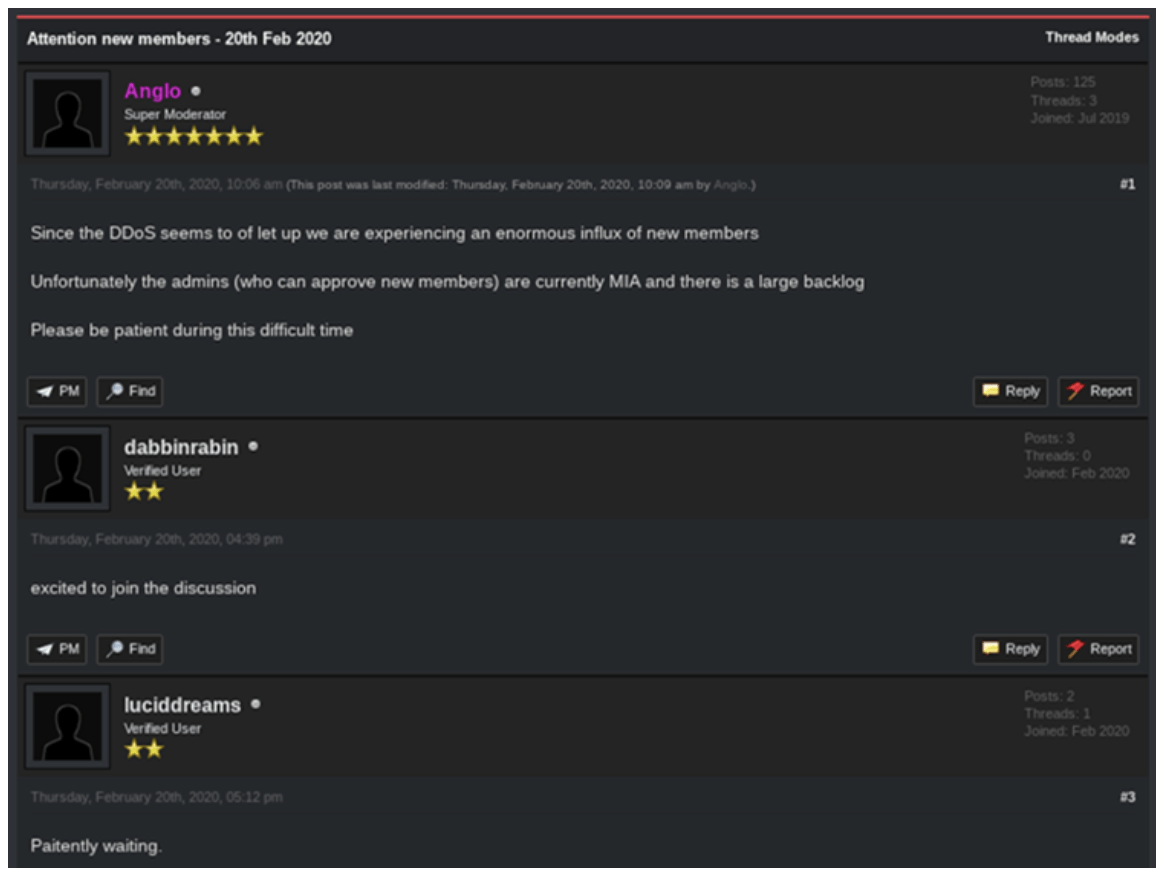
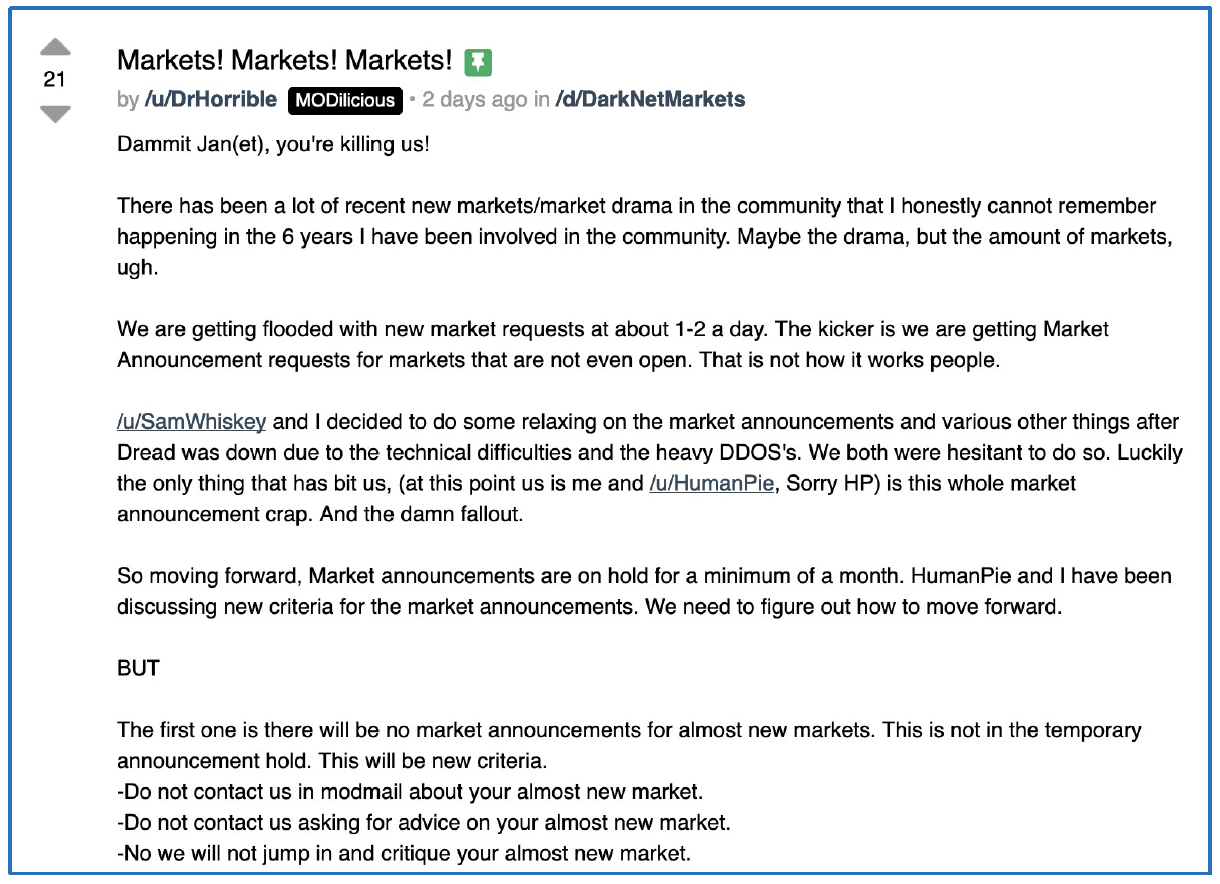

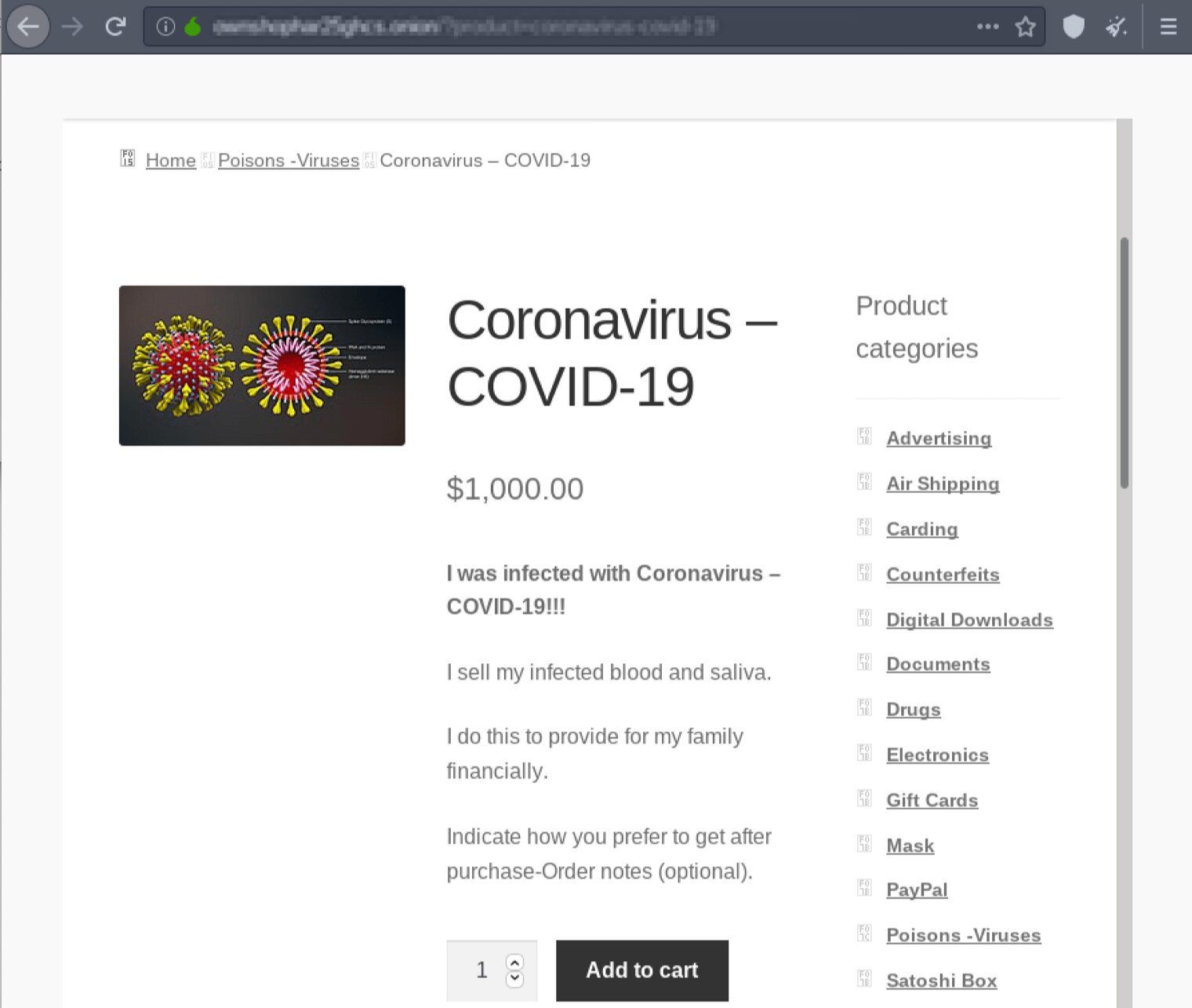
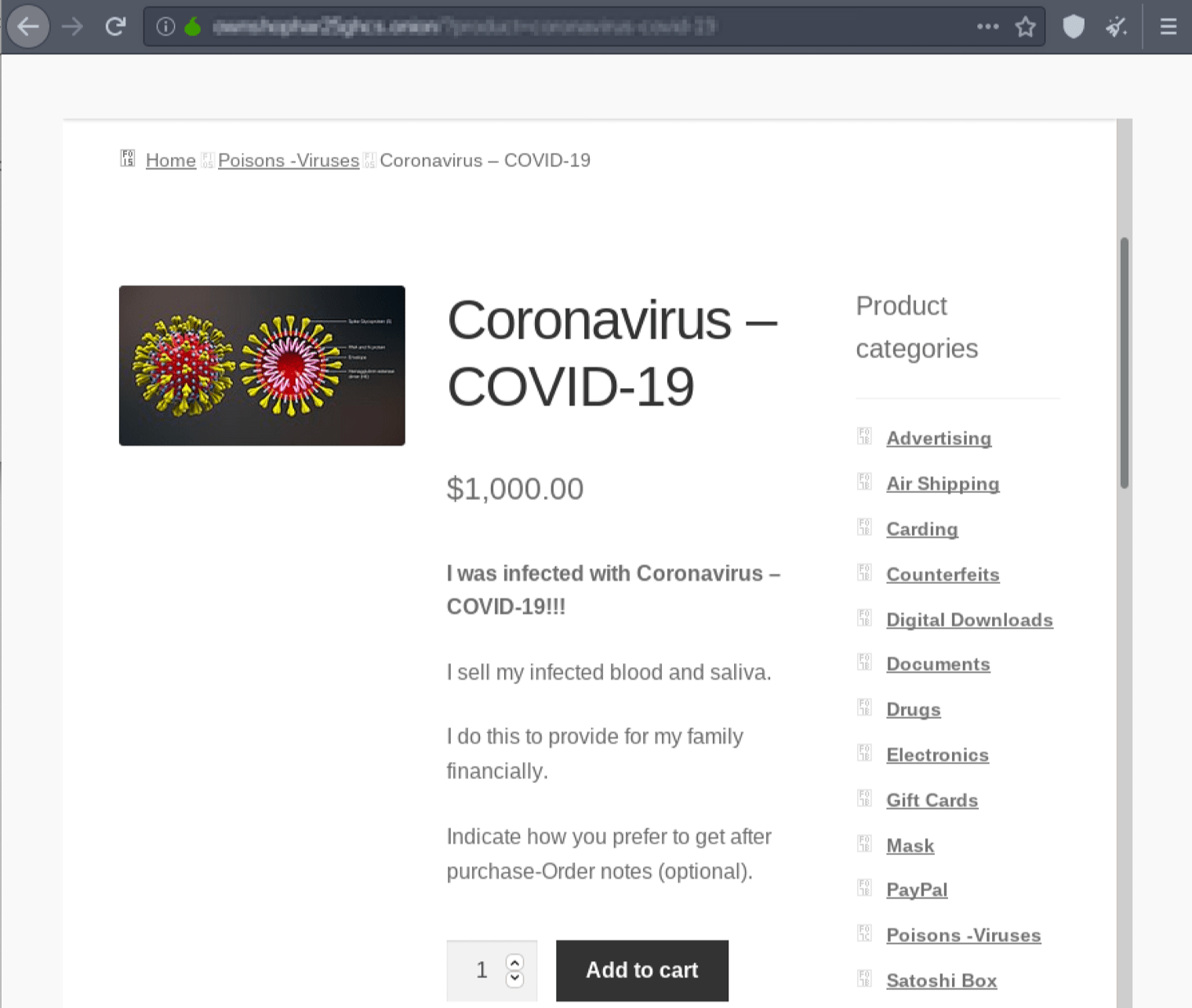
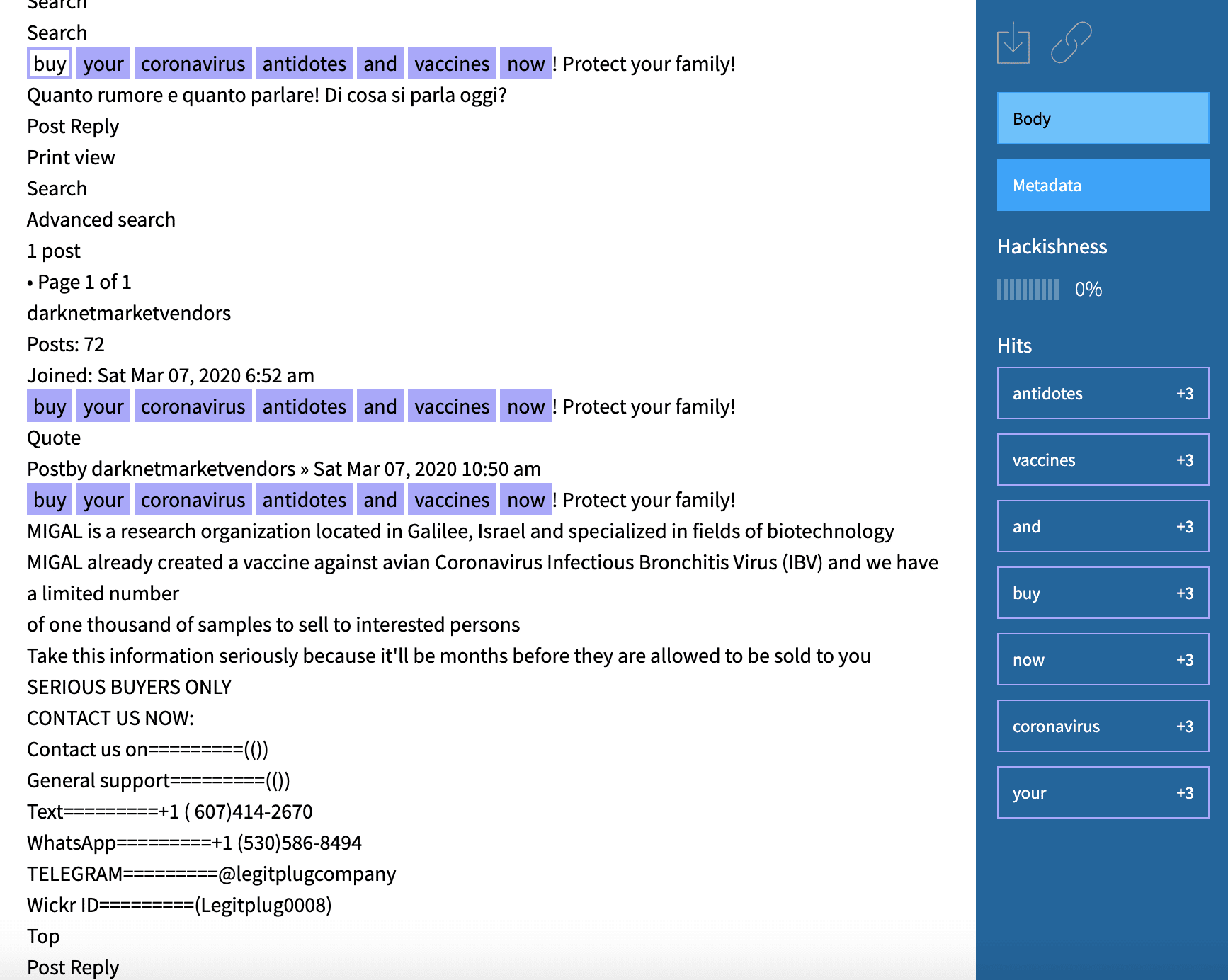
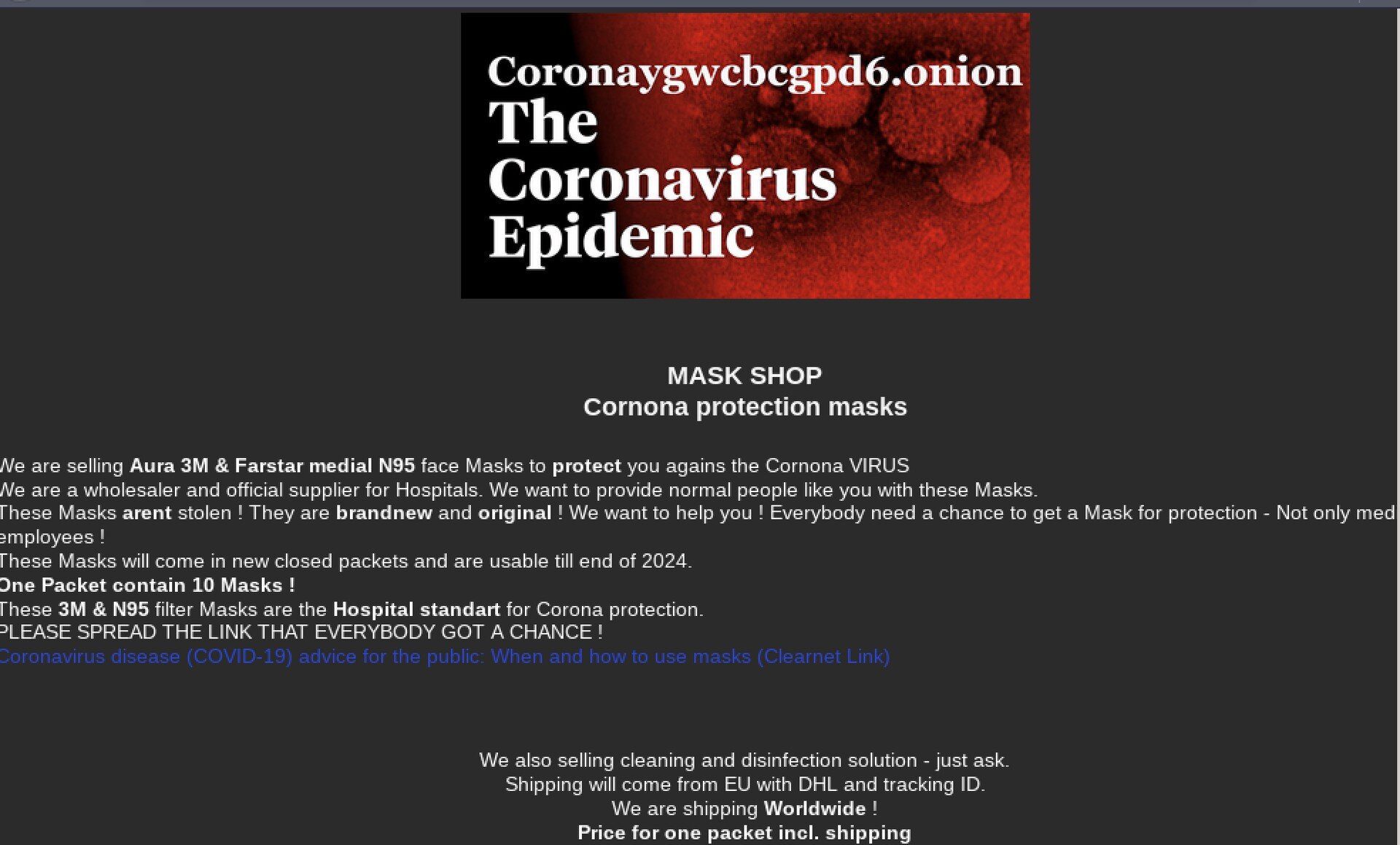
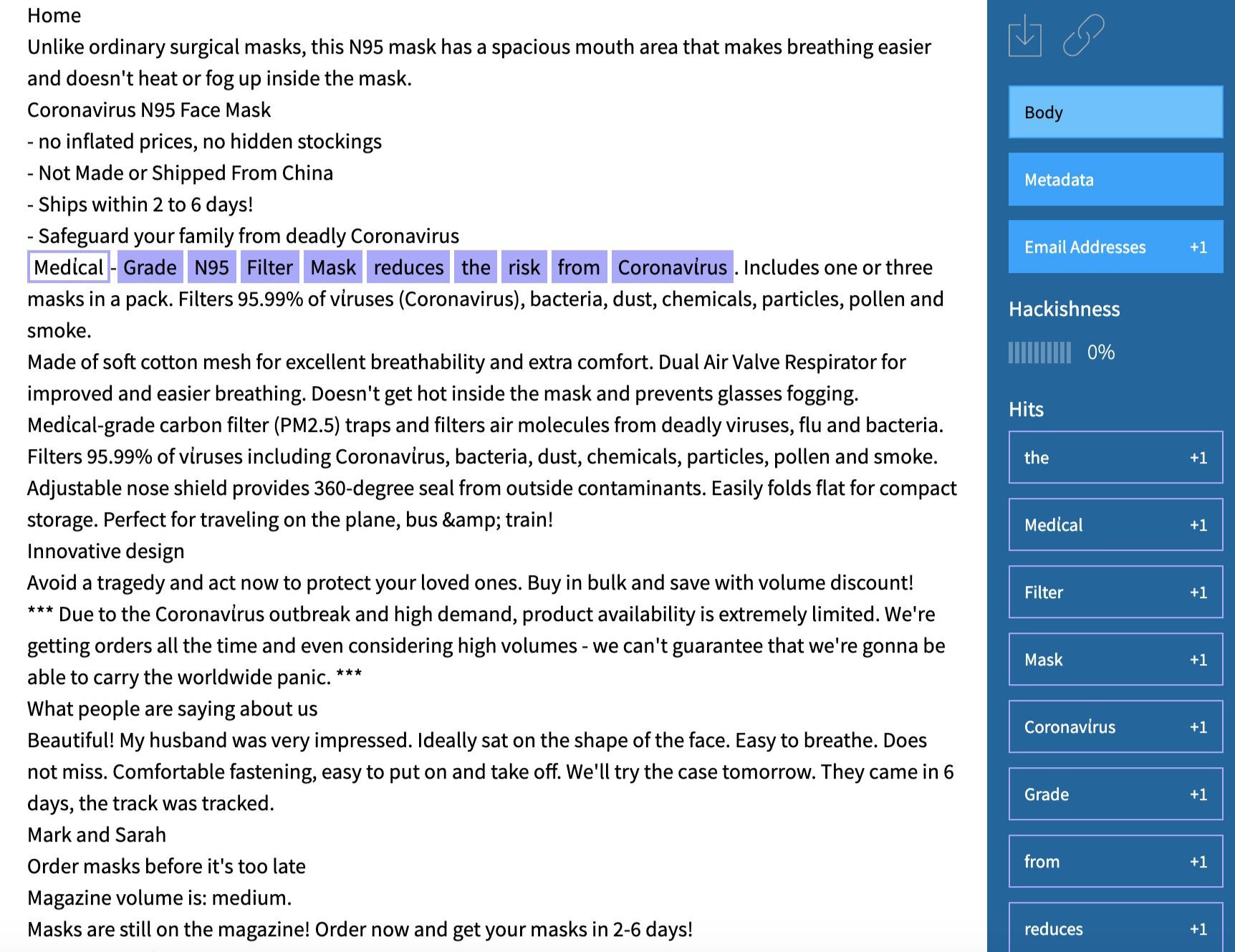
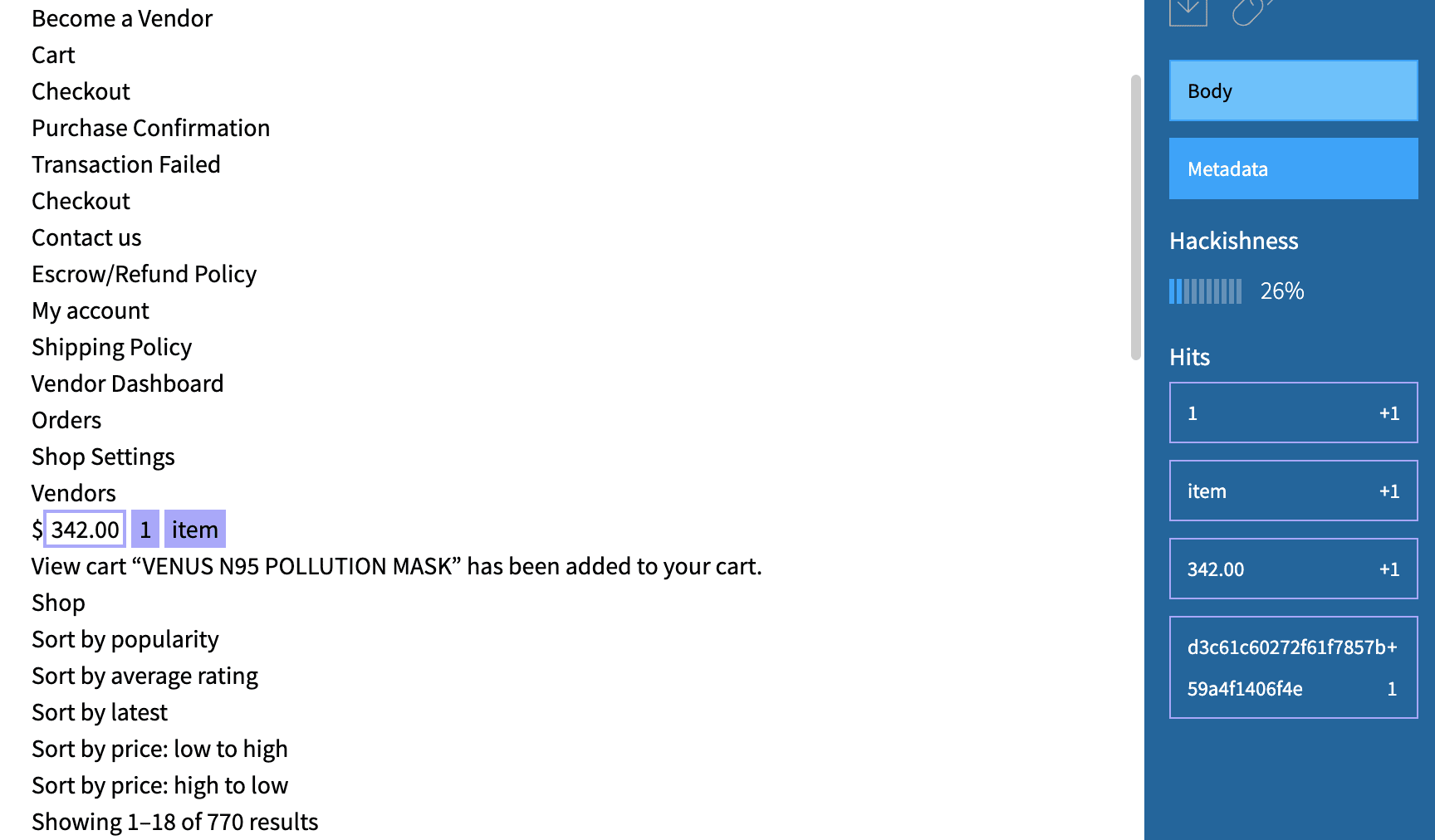
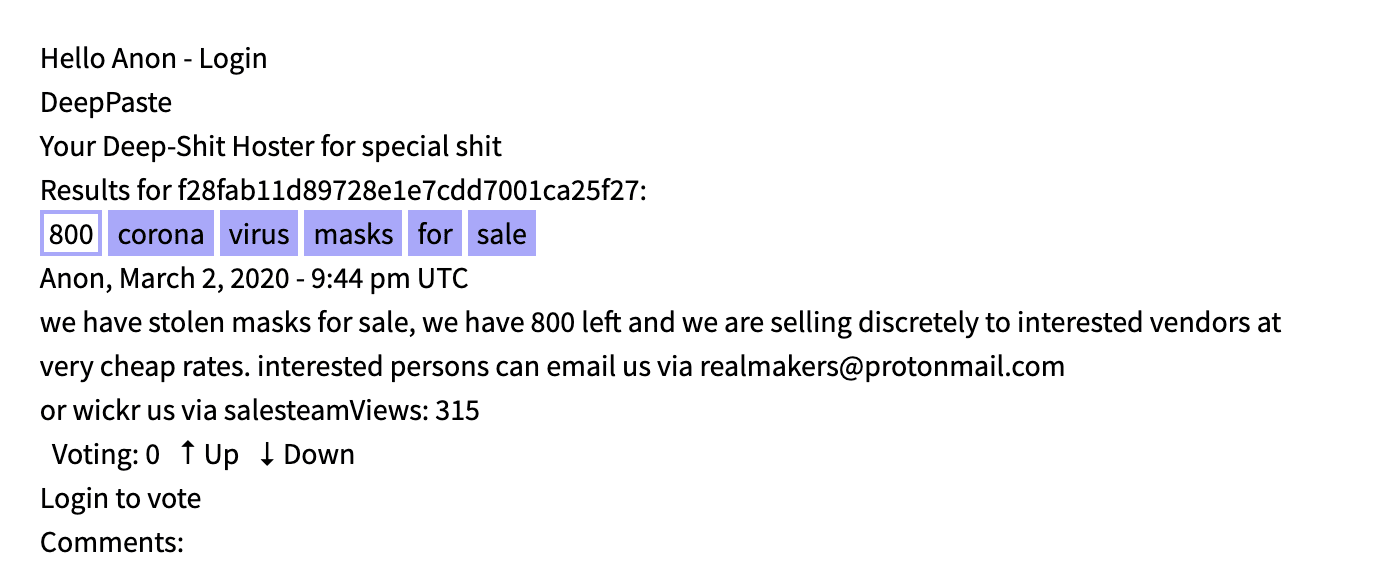

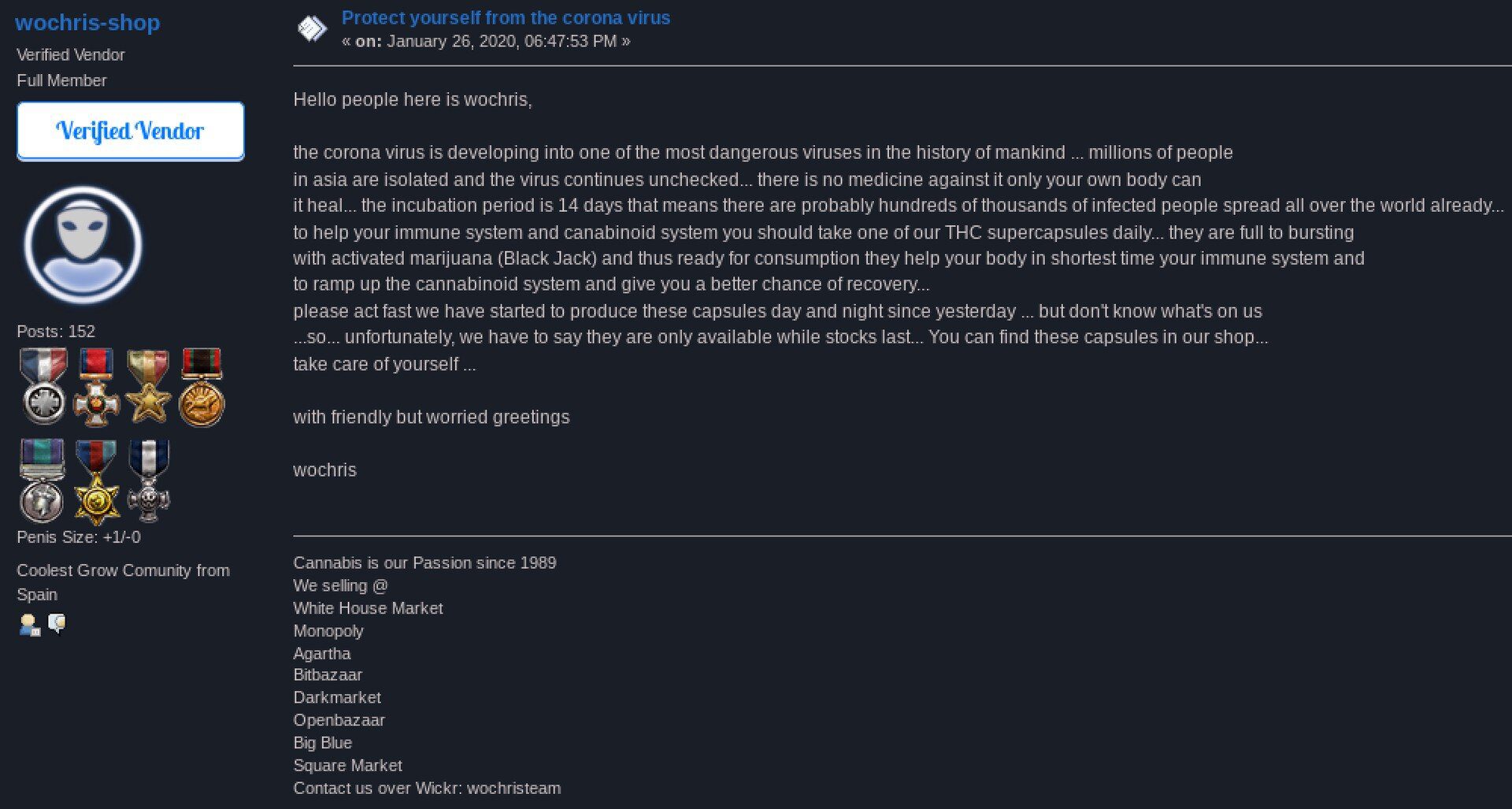


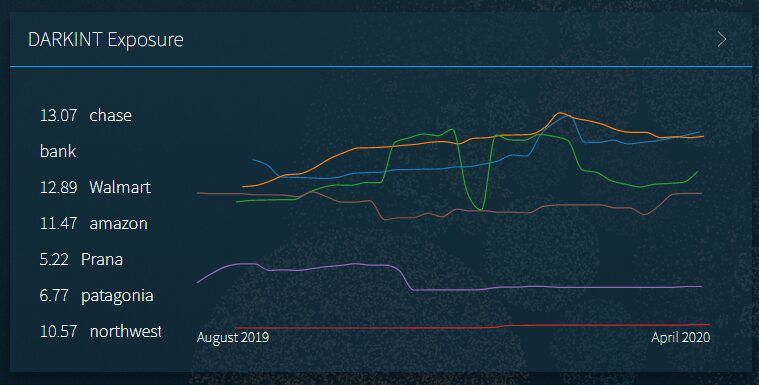
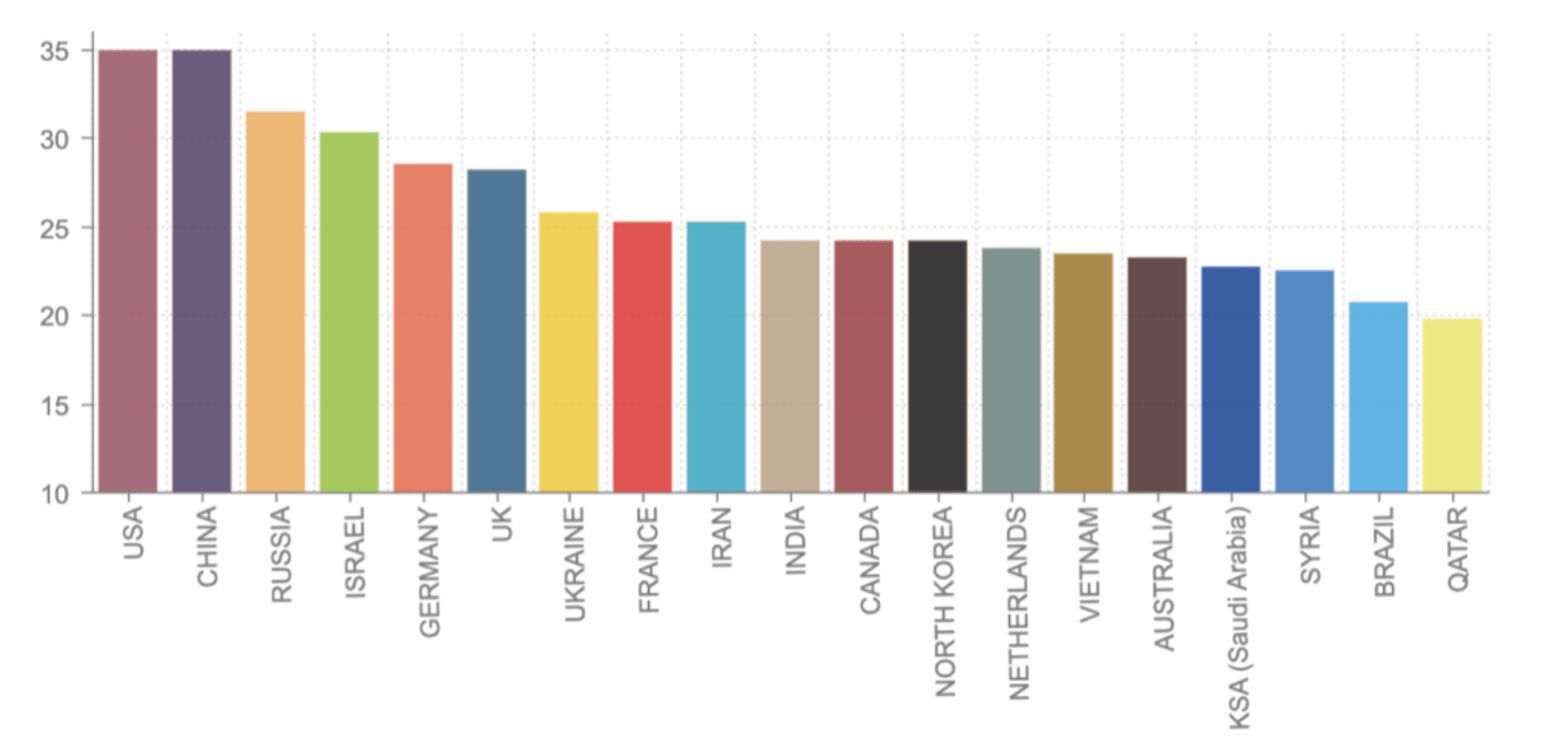
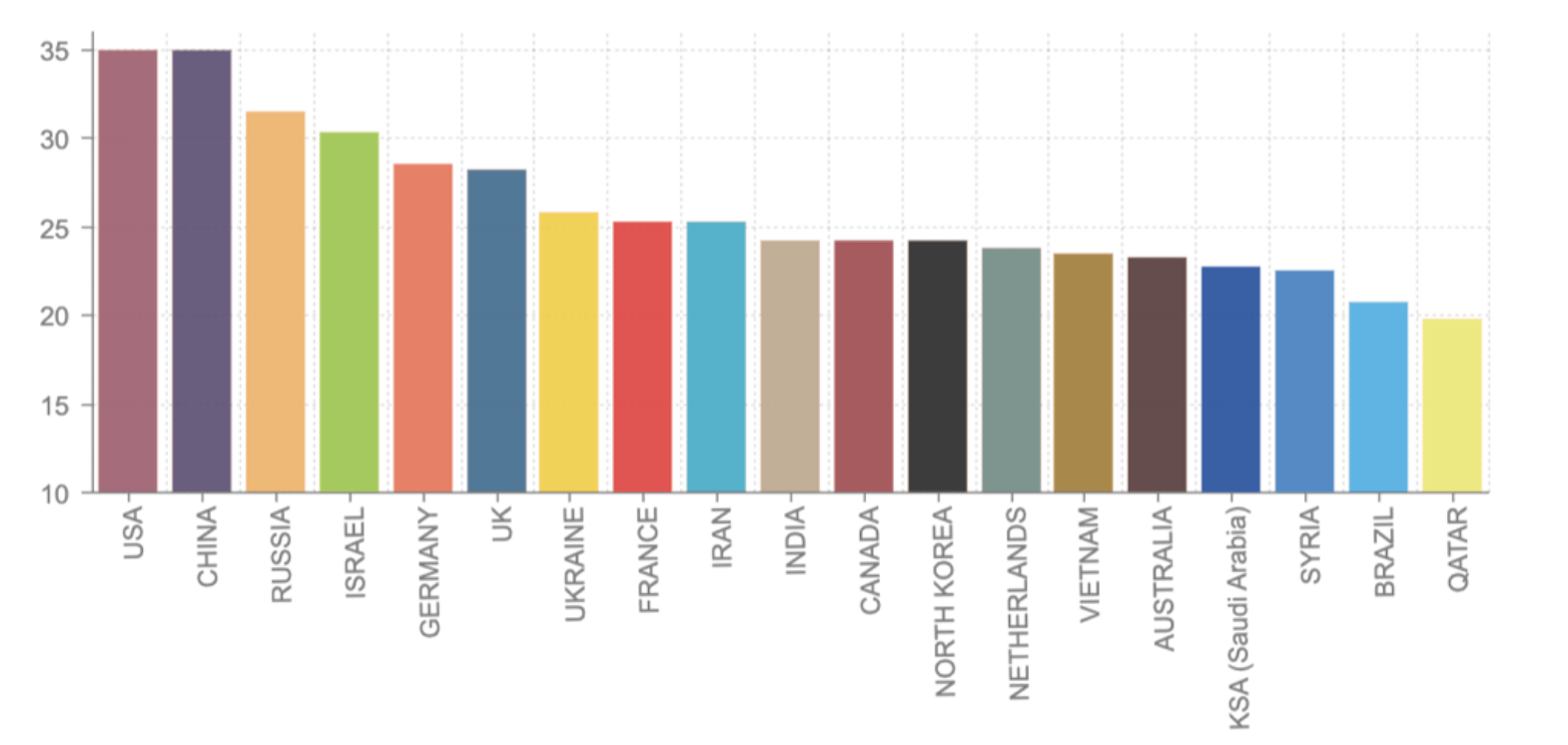
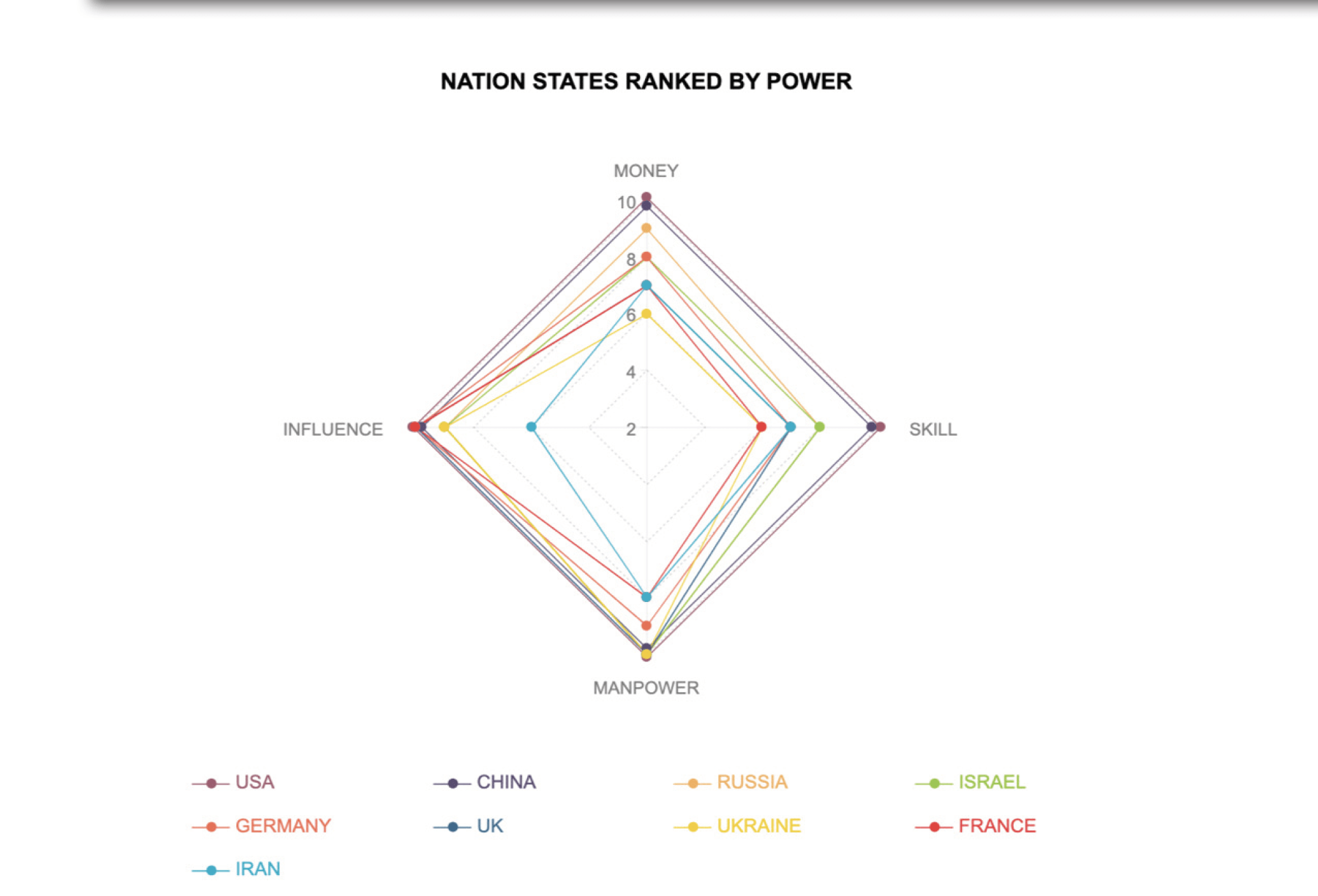
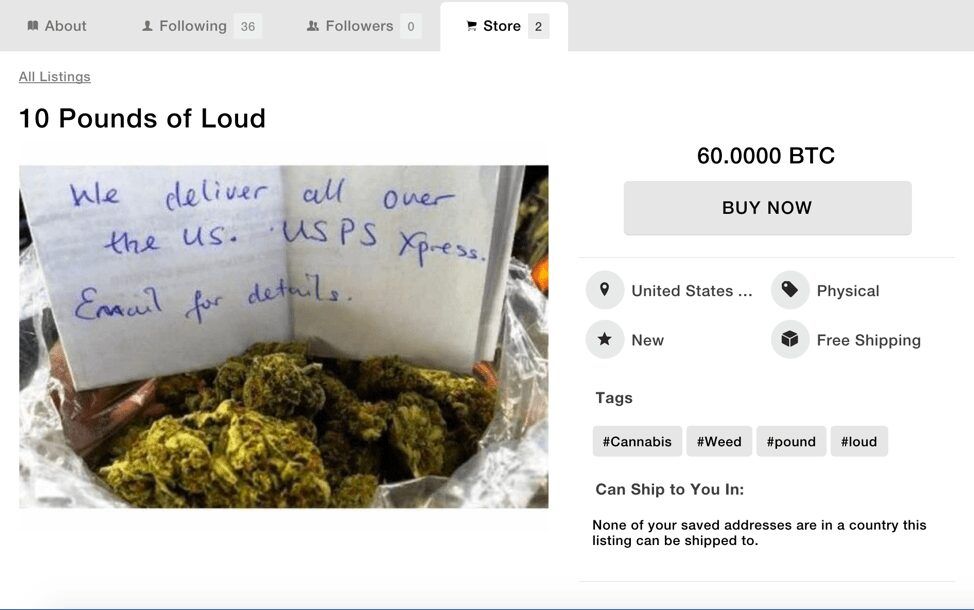
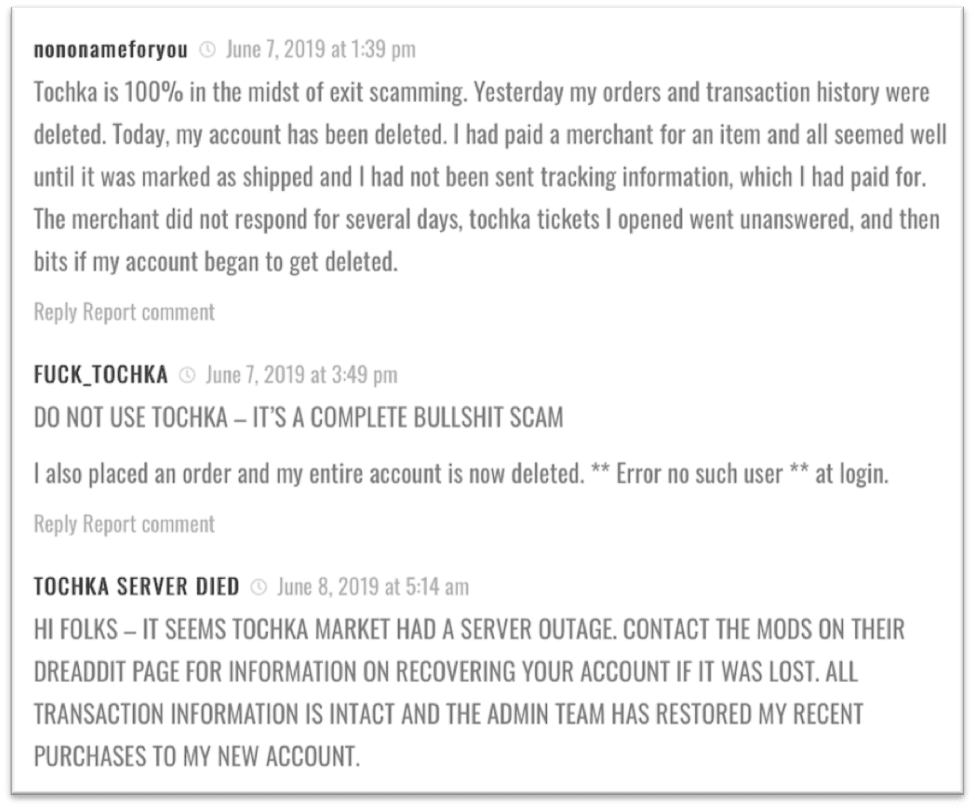
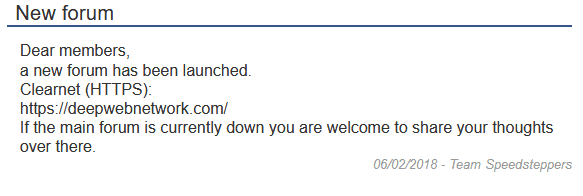
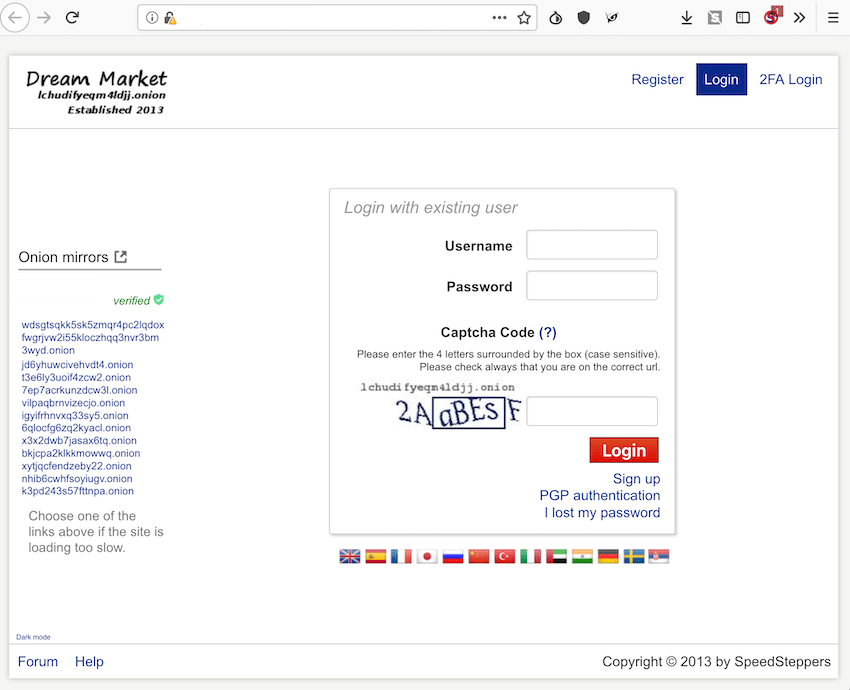
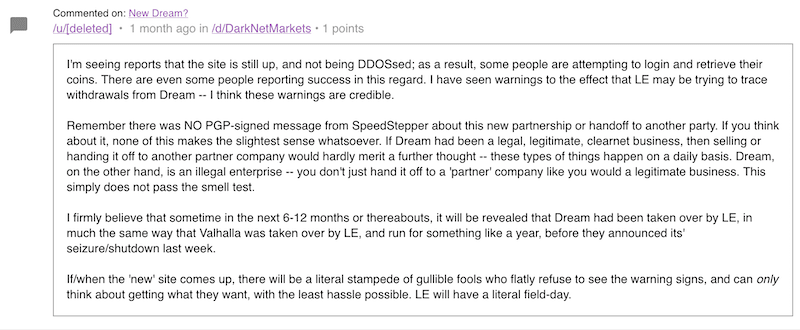


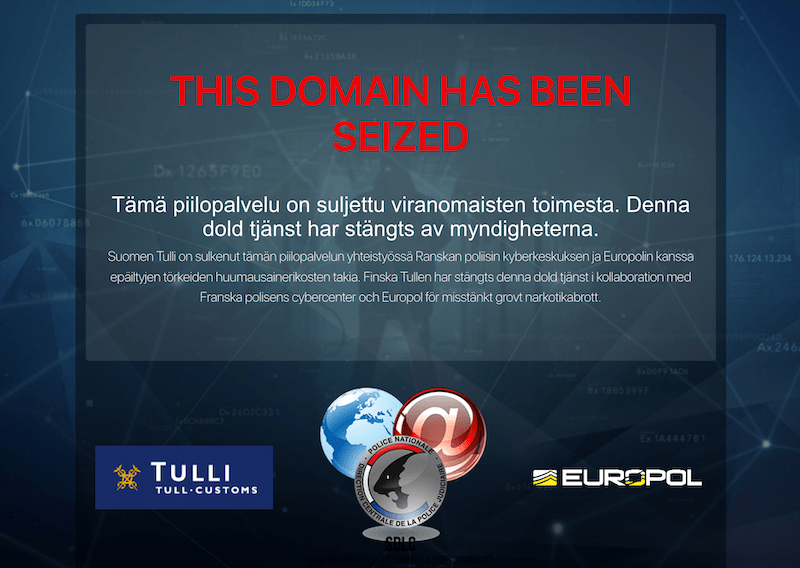
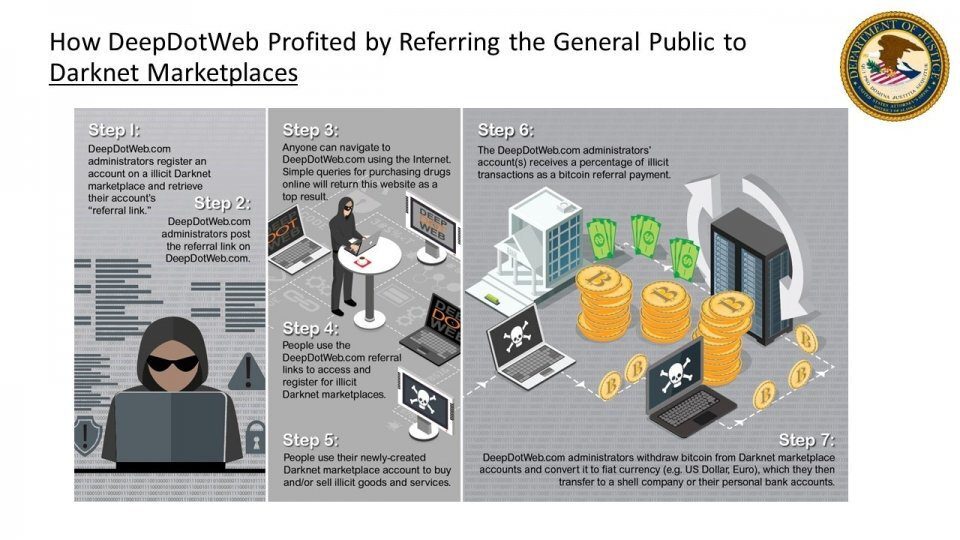
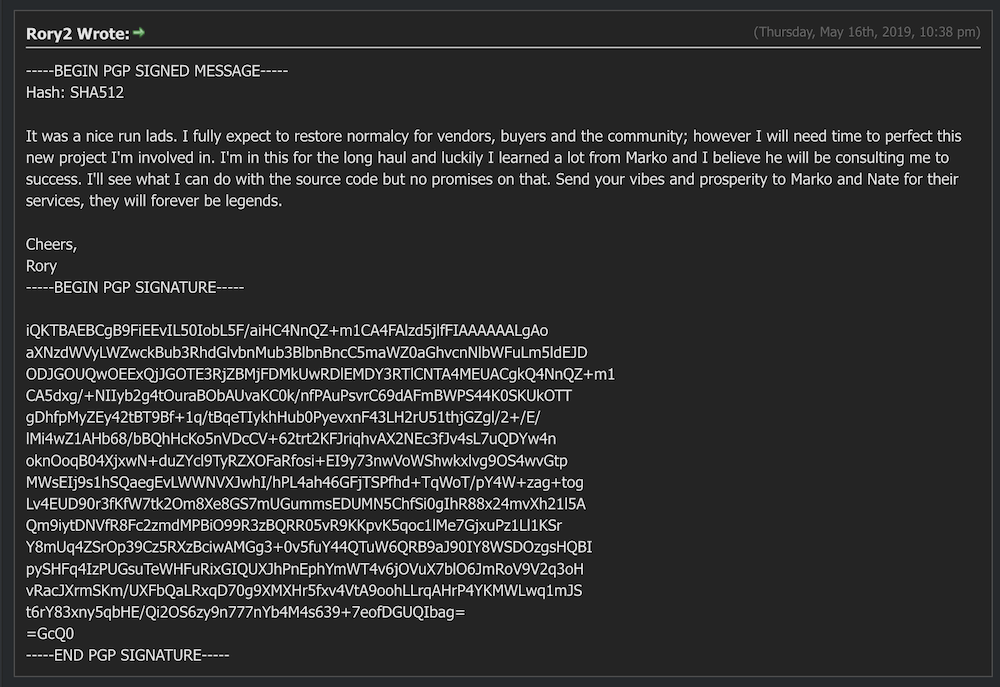
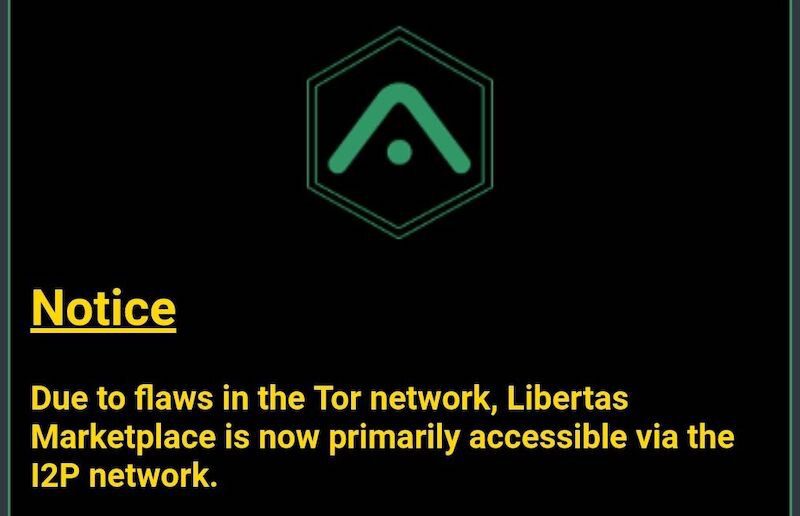

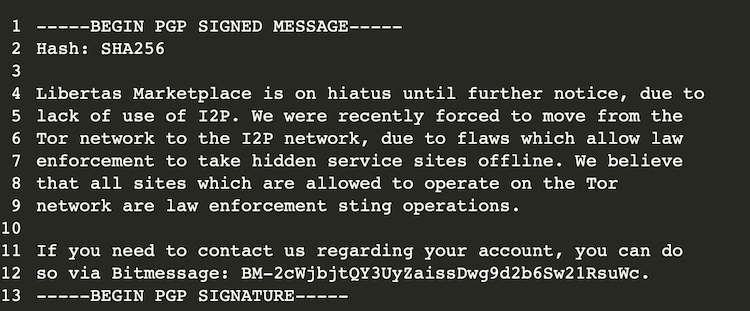
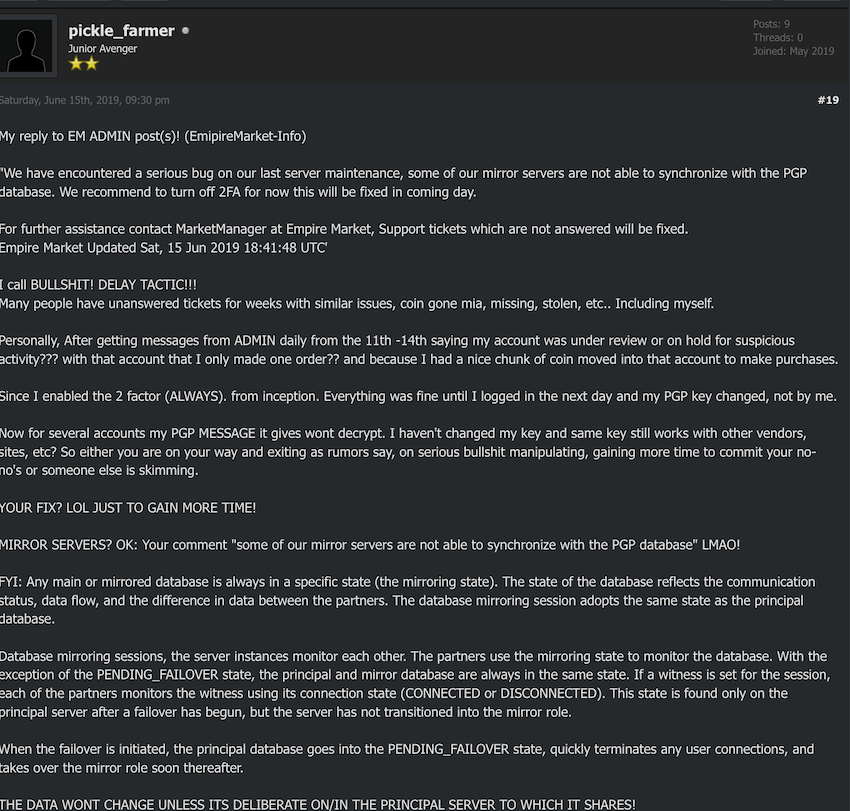
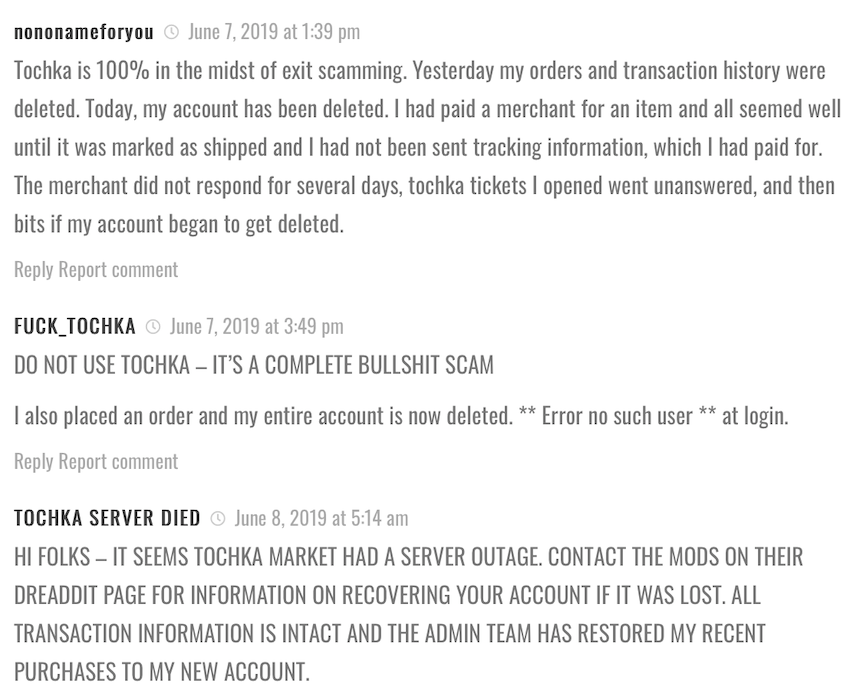
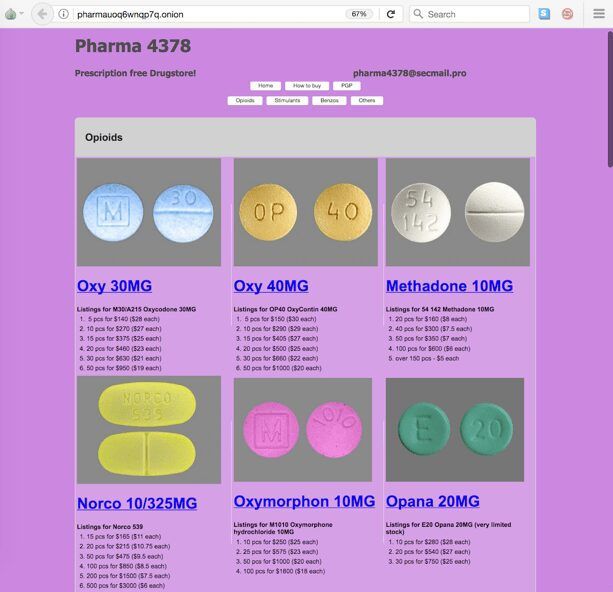
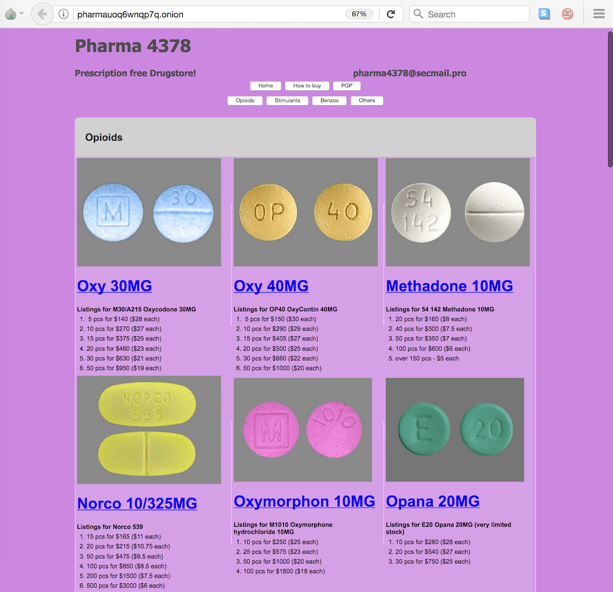
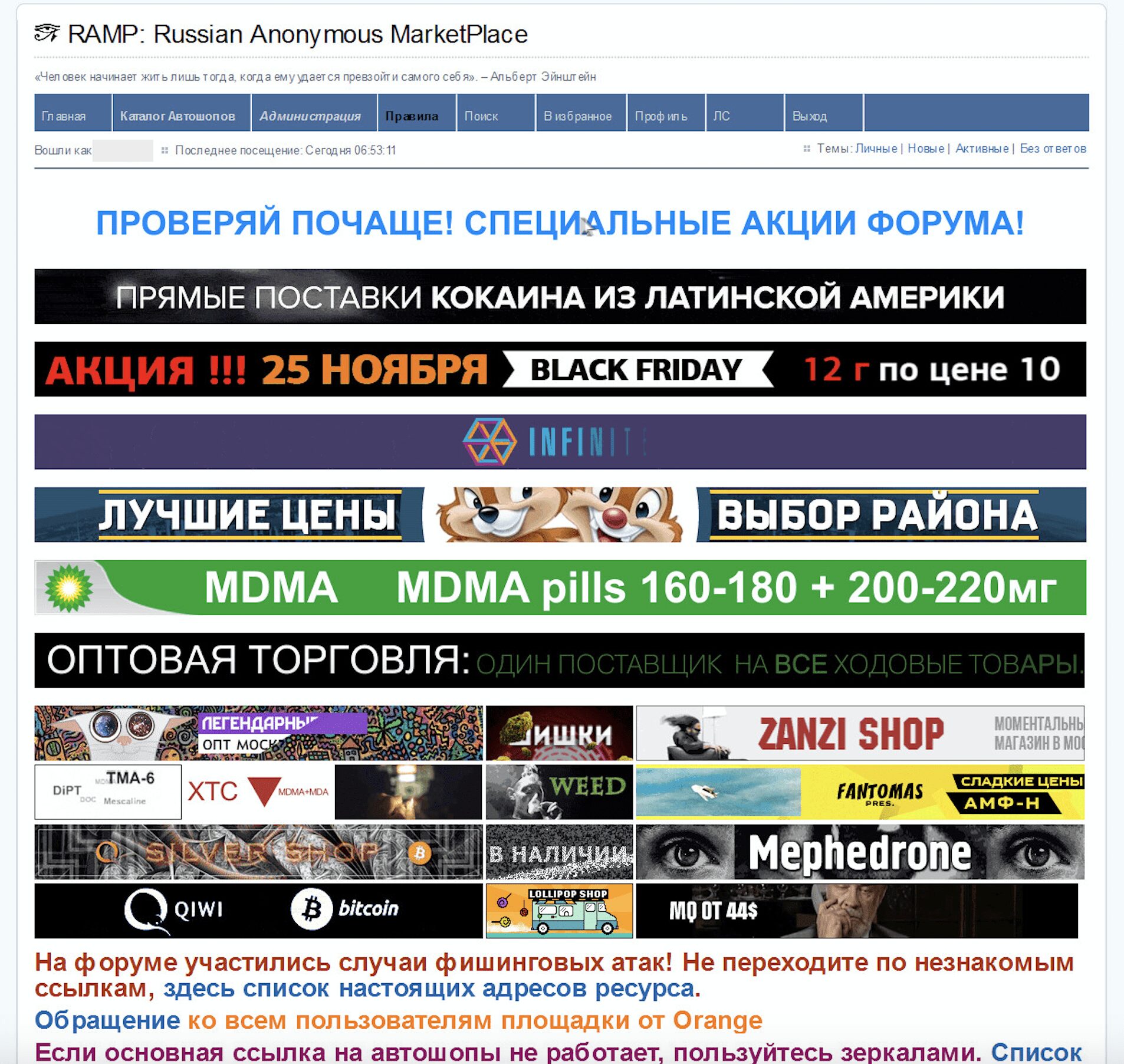
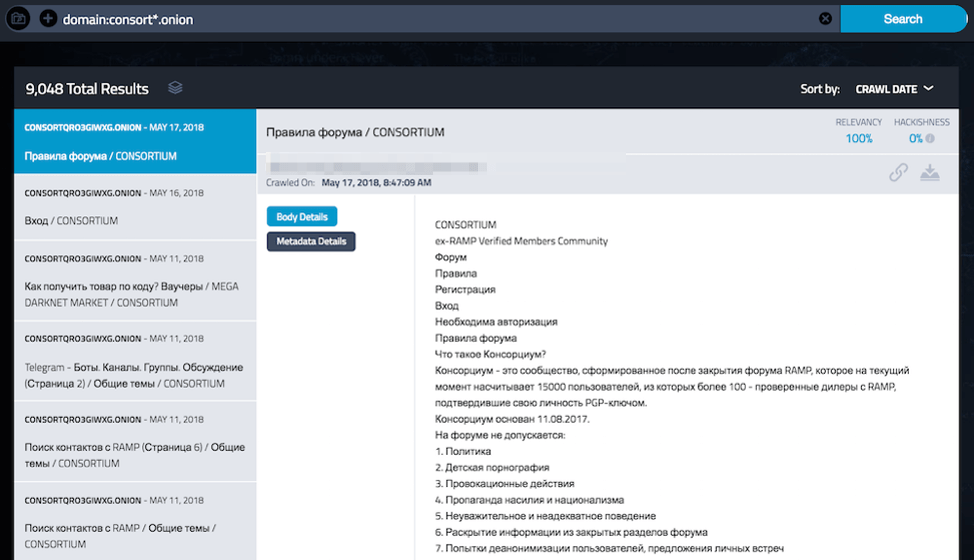 DarkOwl Vision Screenshot from Consortium Hidden Service Archive
DarkOwl Vision Screenshot from Consortium Hidden Service Archive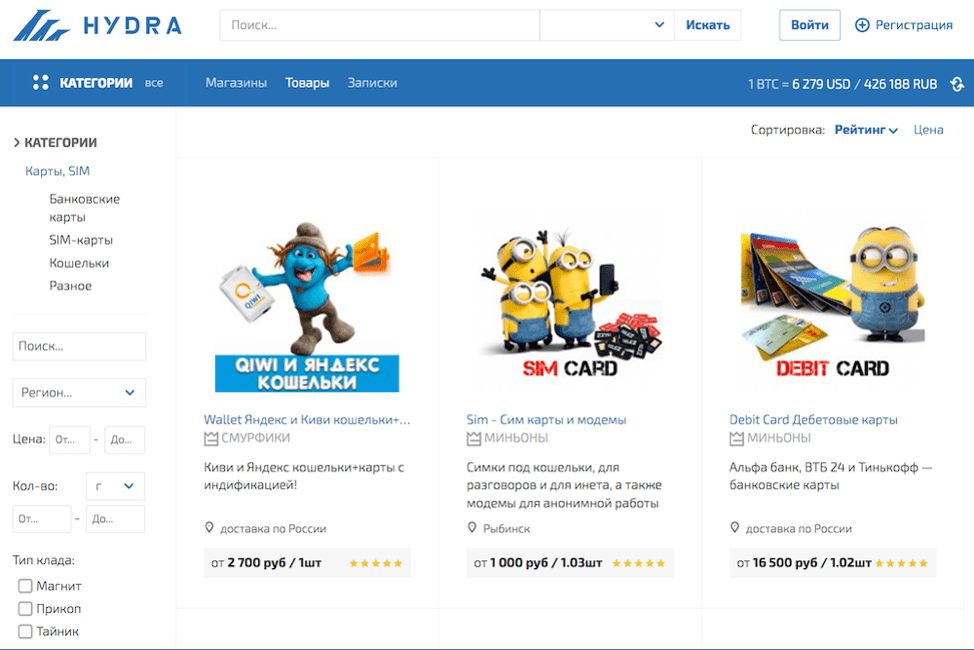
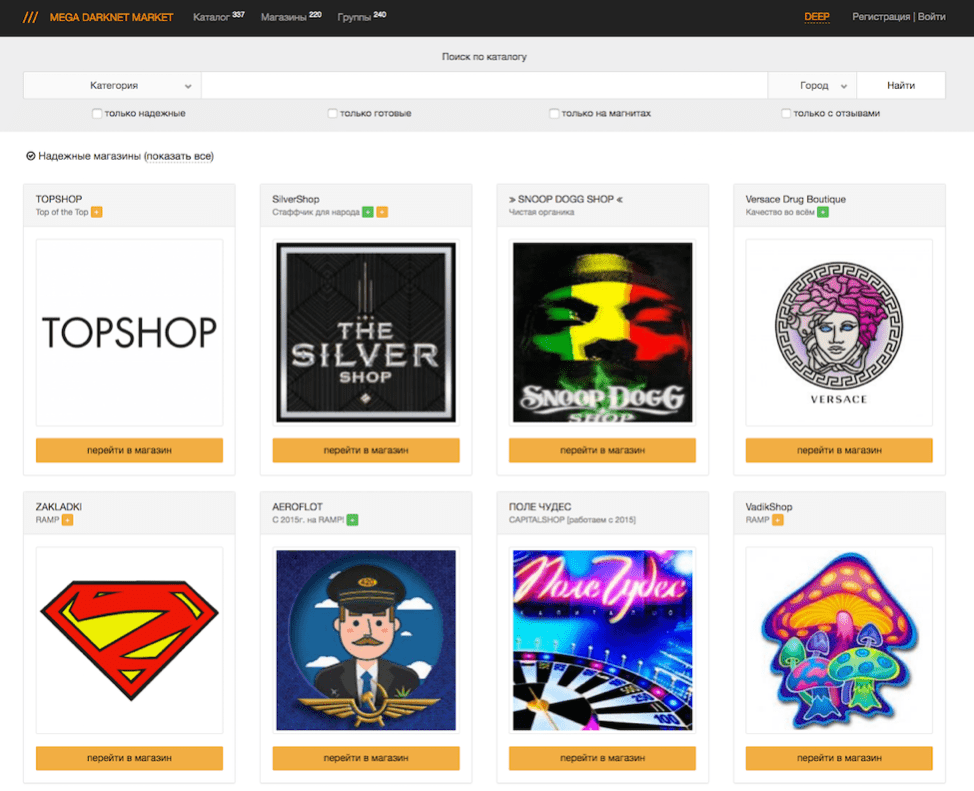 MEGA Landing Page (http://megammpxznehakhm[.]onion)
MEGA Landing Page (http://megammpxznehakhm[.]onion)
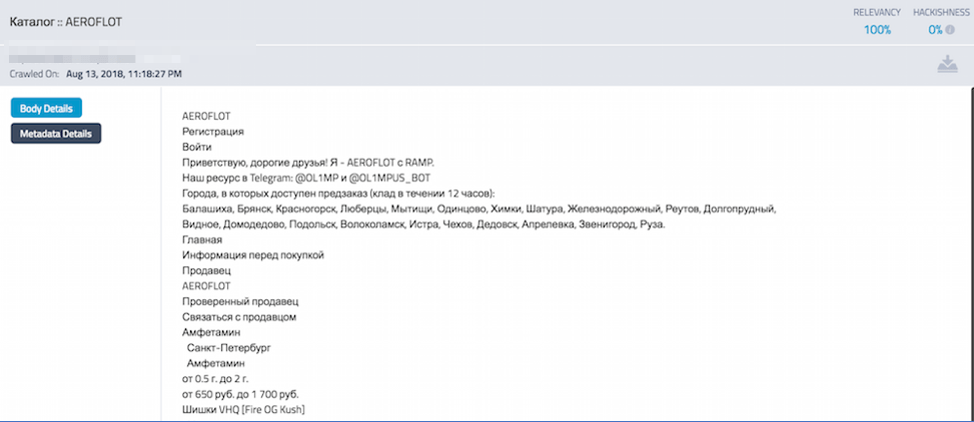 Aeroflot Vendor Shop on Tor (http://aeroflot2rumuq76[.]onion/shop/aeroflot)
Aeroflot Vendor Shop on Tor (http://aeroflot2rumuq76[.]onion/shop/aeroflot)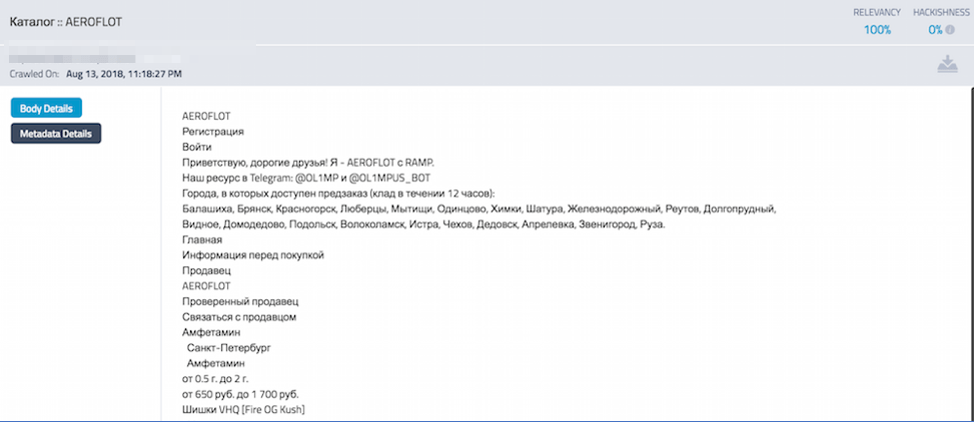
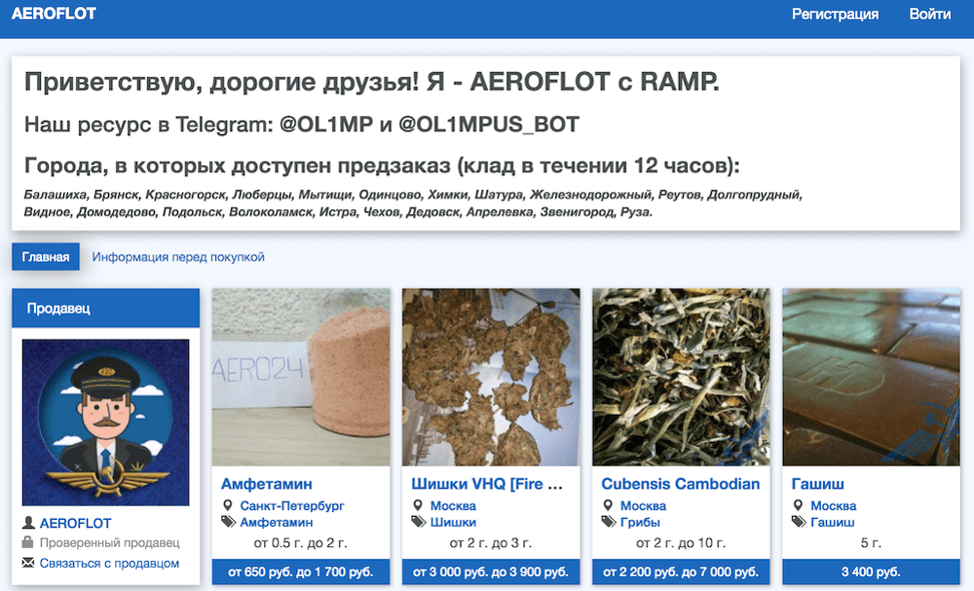
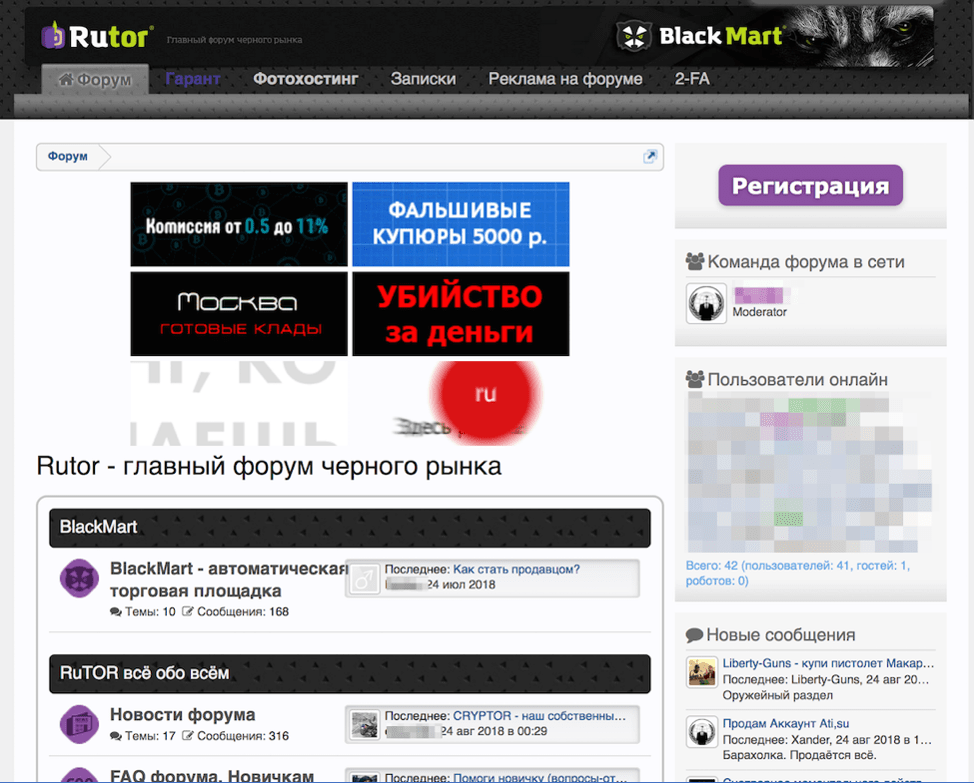 RuTor Russian Forum (http://rutorzzmfflzllk5[.]onion)
RuTor Russian Forum (http://rutorzzmfflzllk5[.]onion)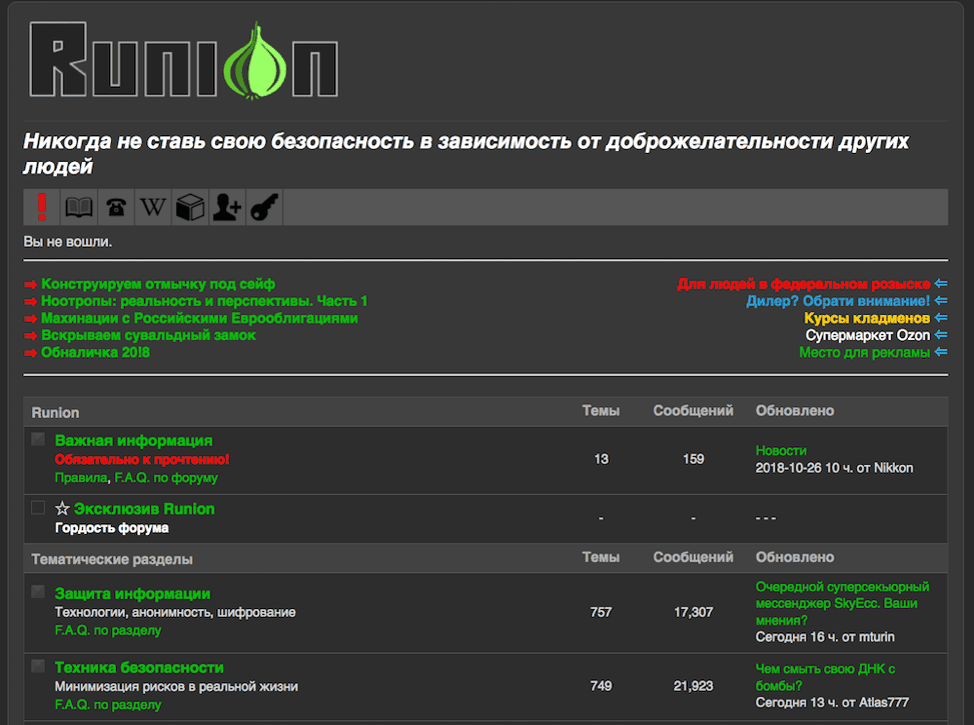 Runion Darknet Forum (http://lwplxqzvmgu43uff[.]onion)
Runion Darknet Forum (http://lwplxqzvmgu43uff[.]onion)
